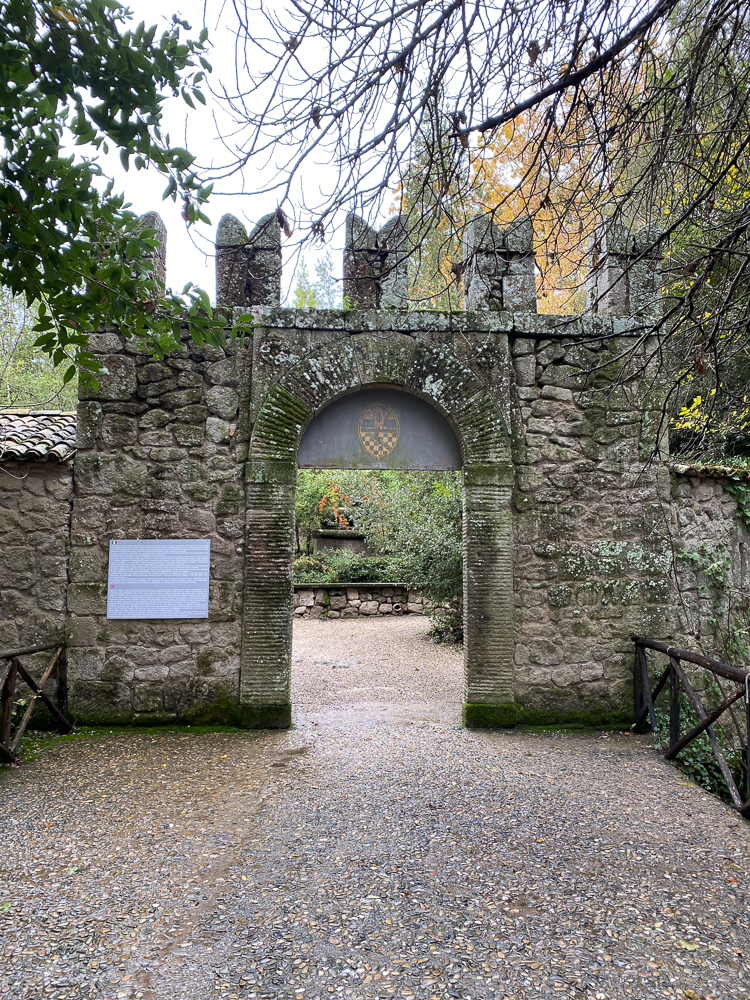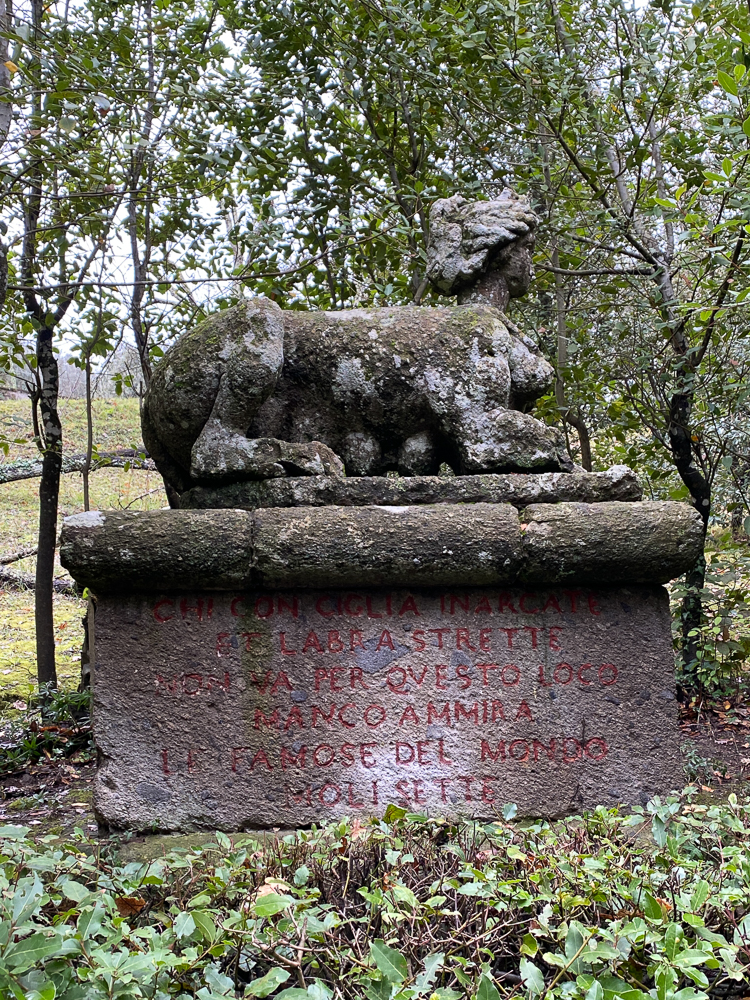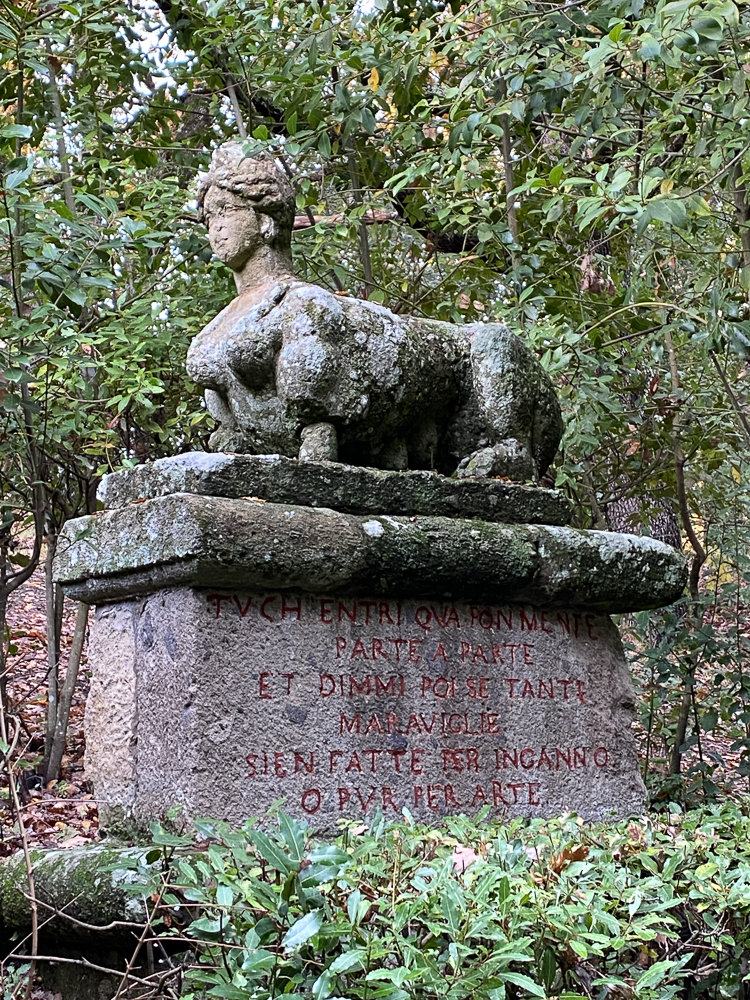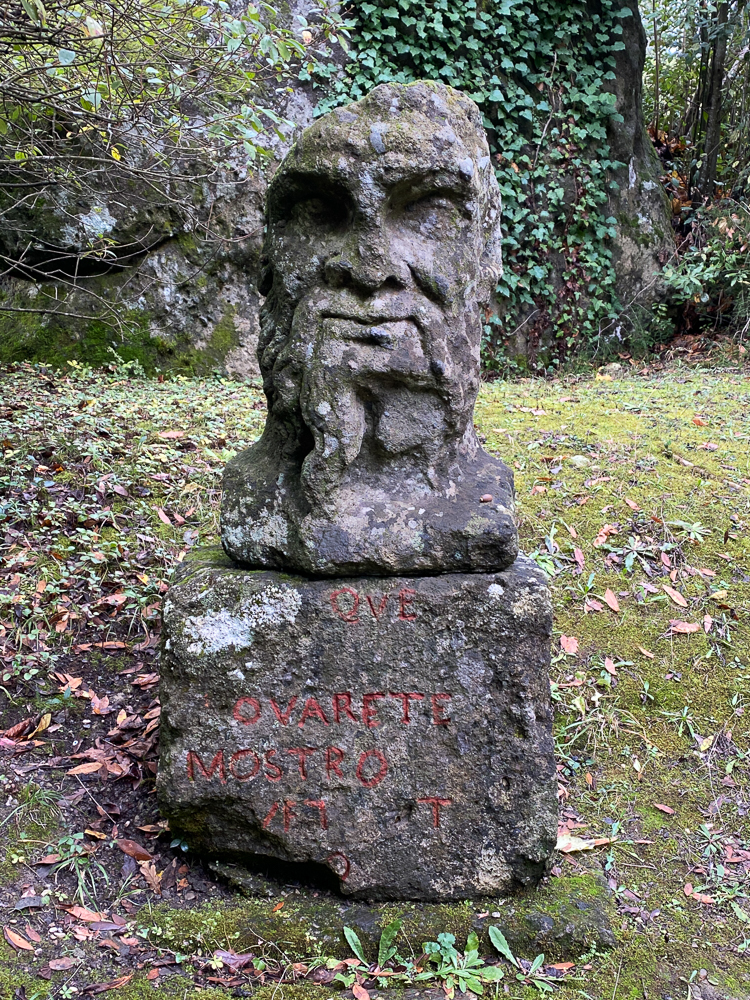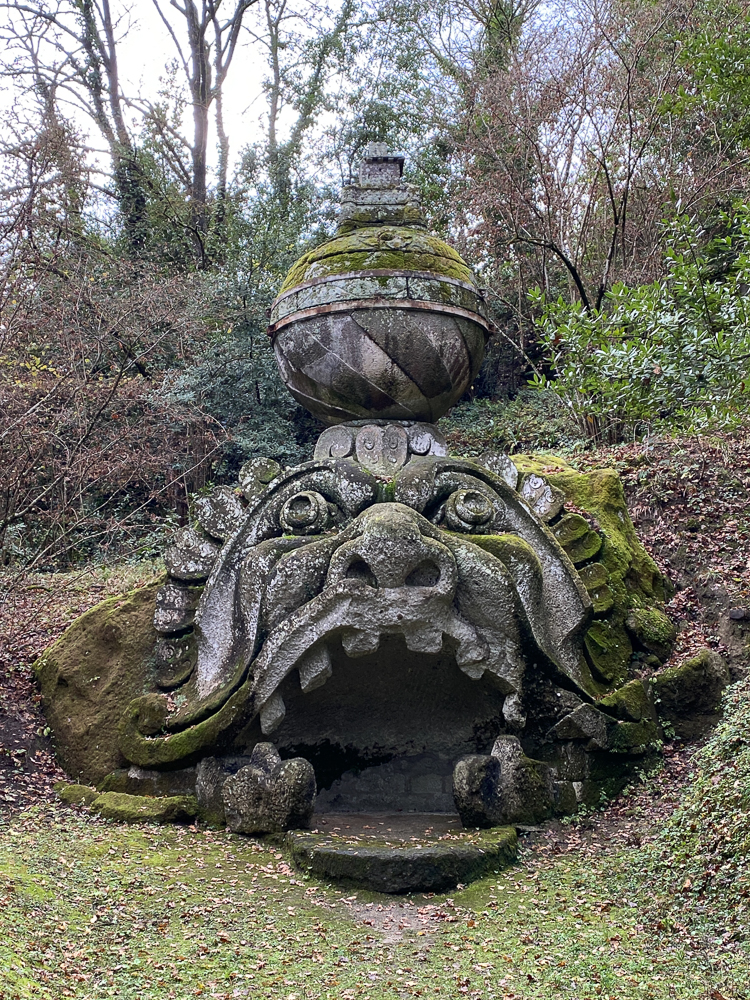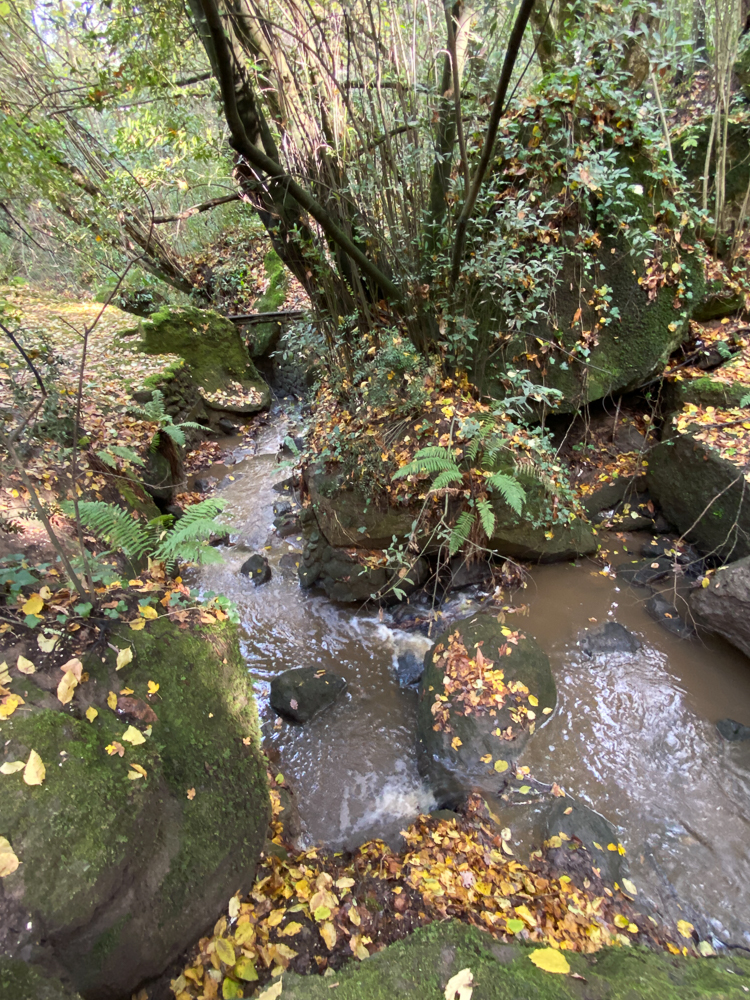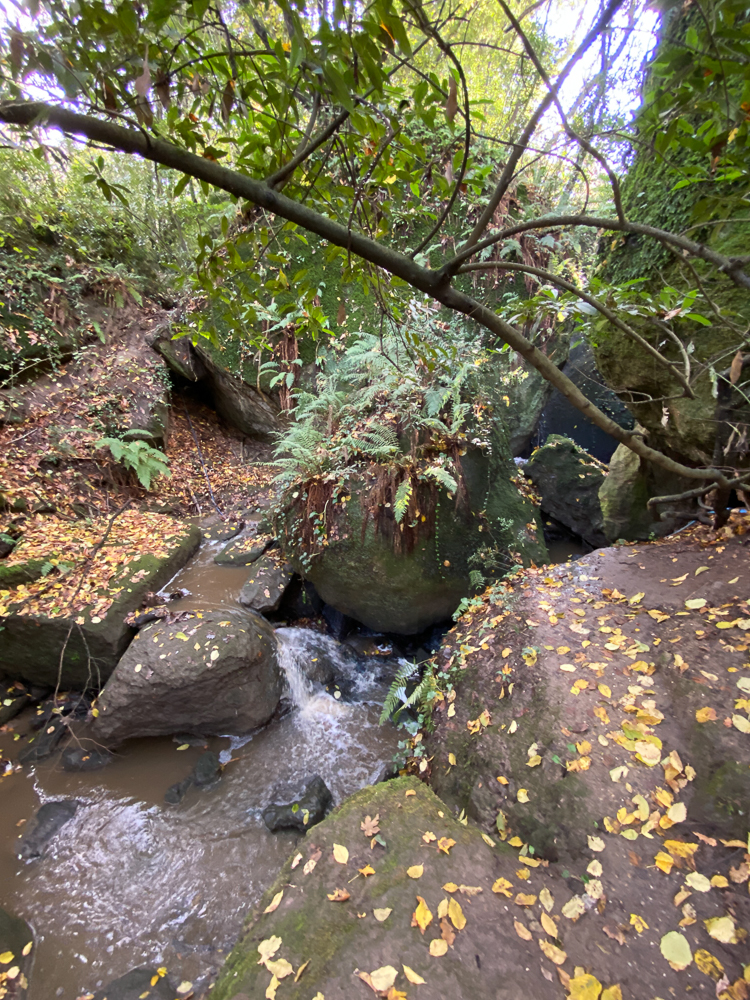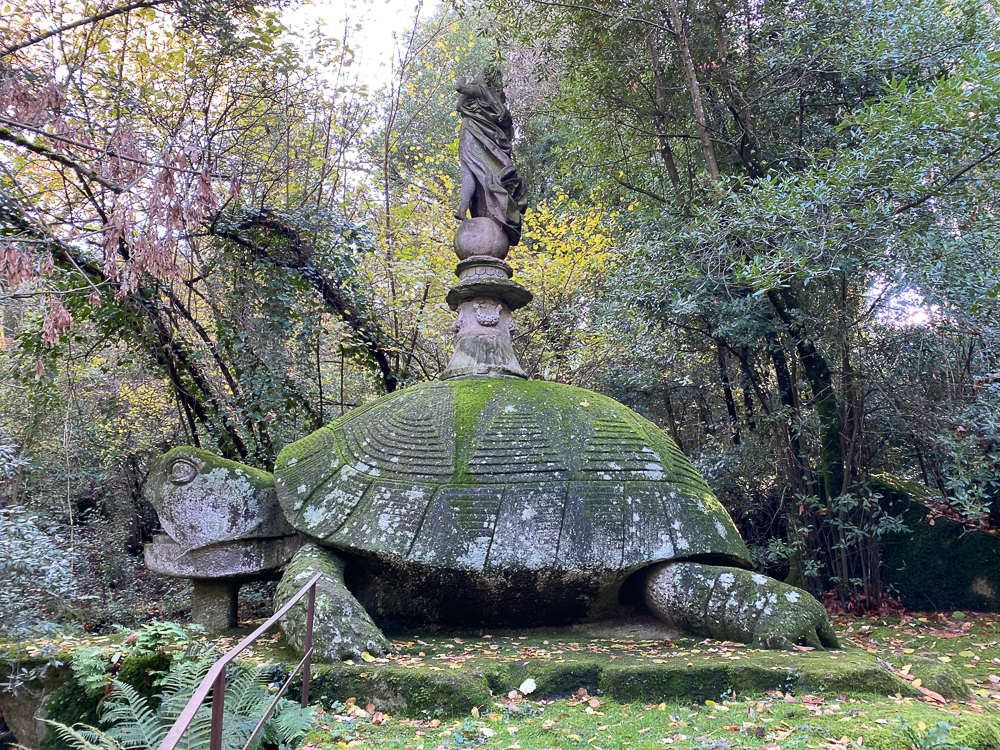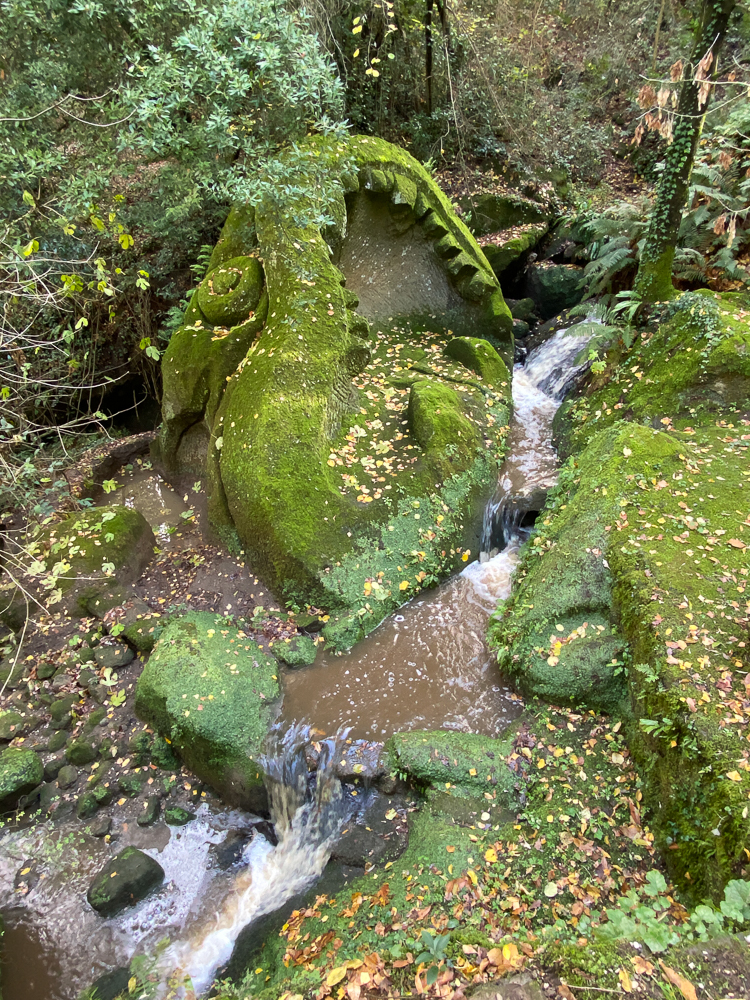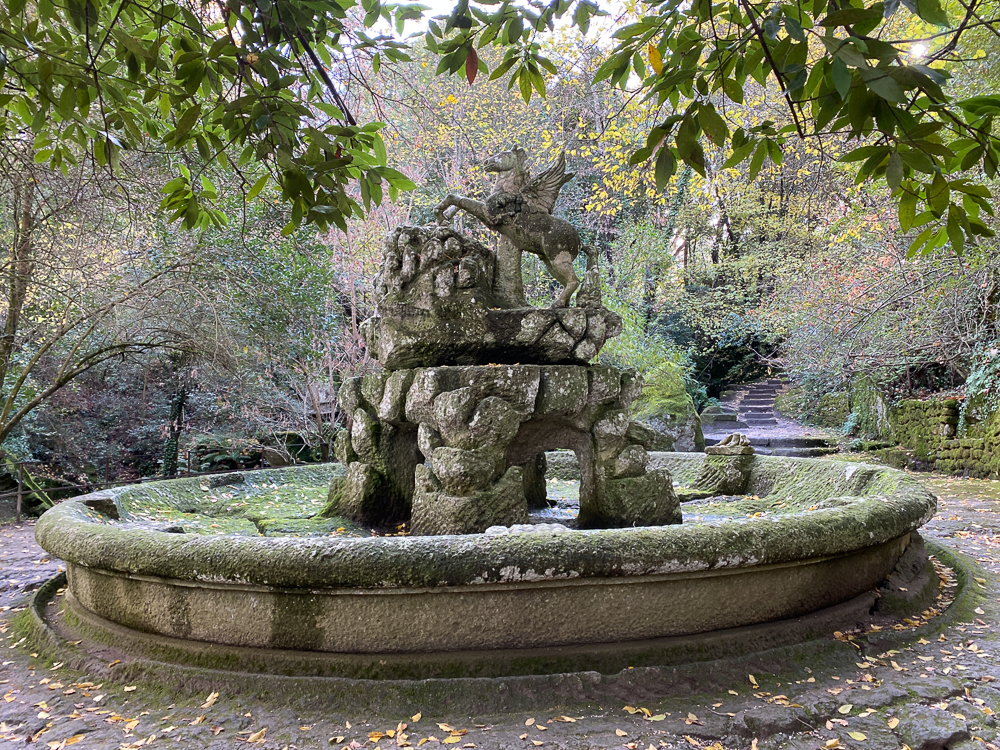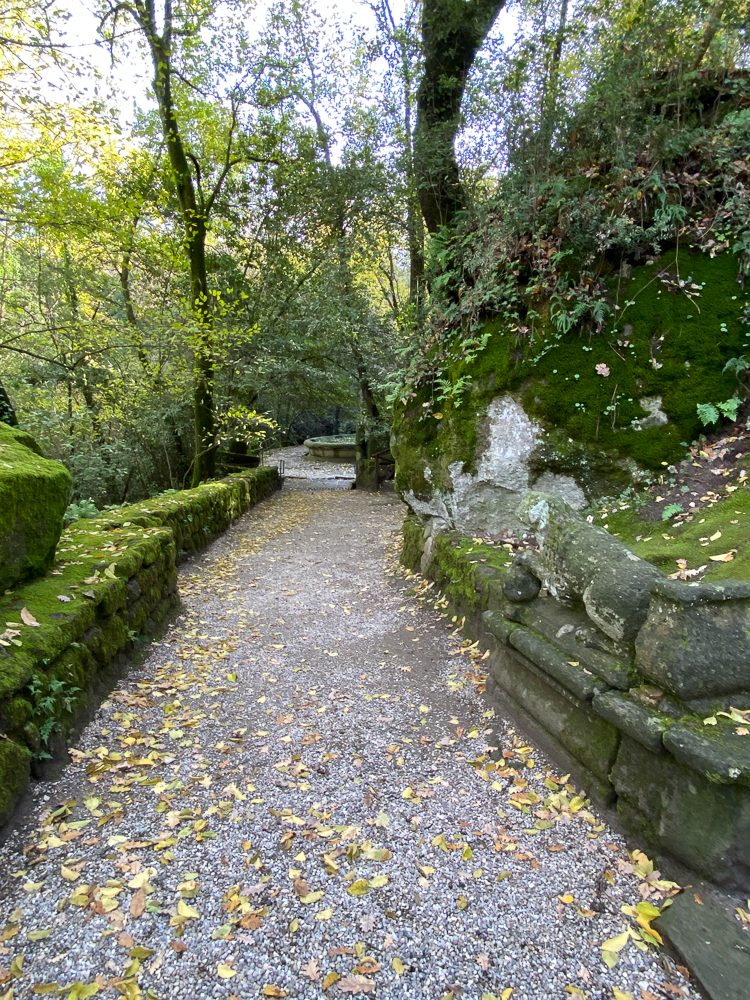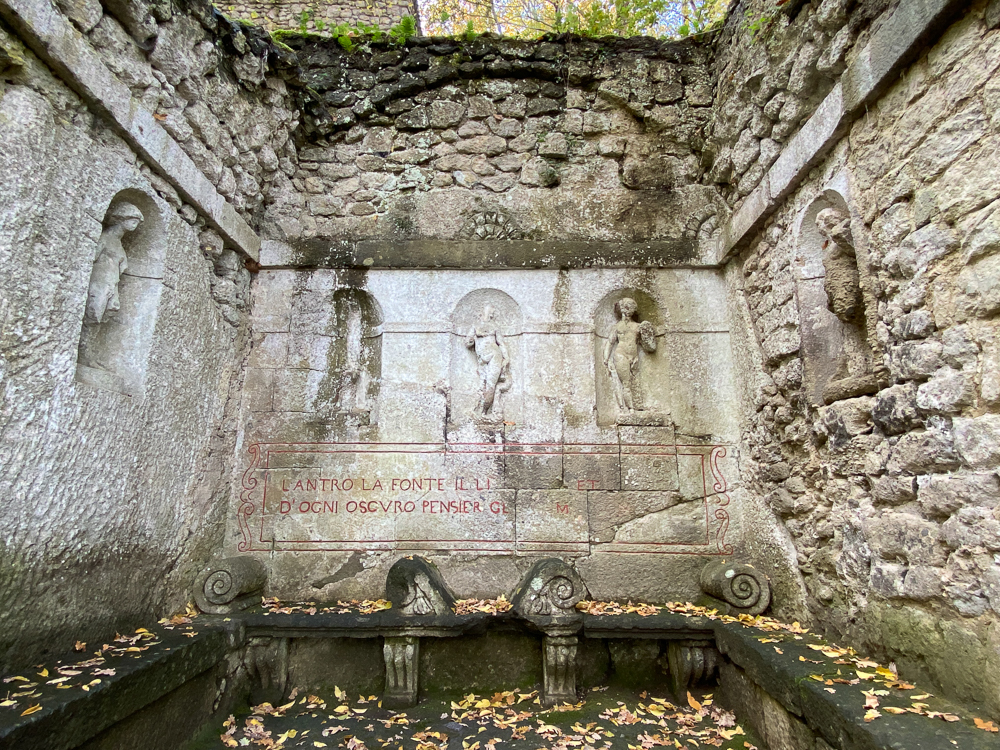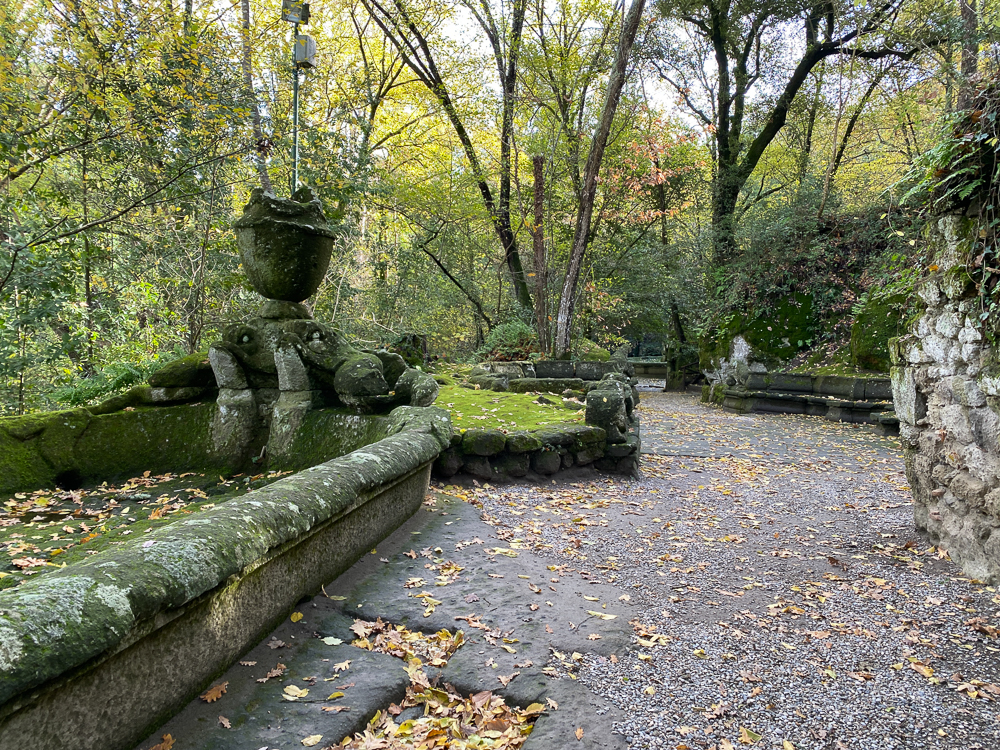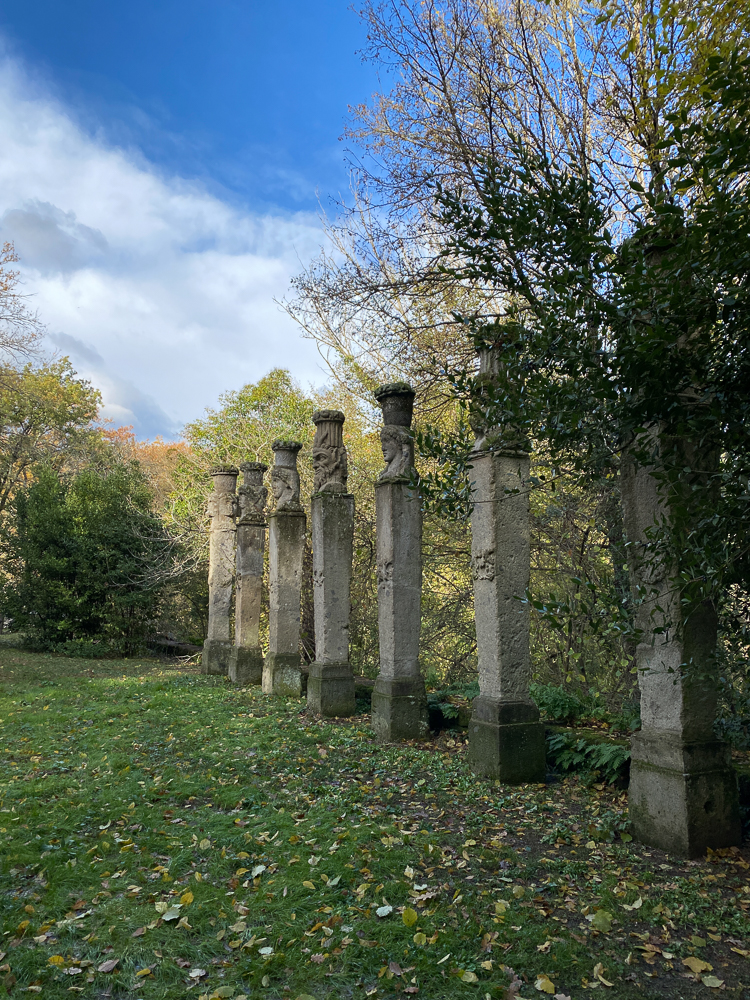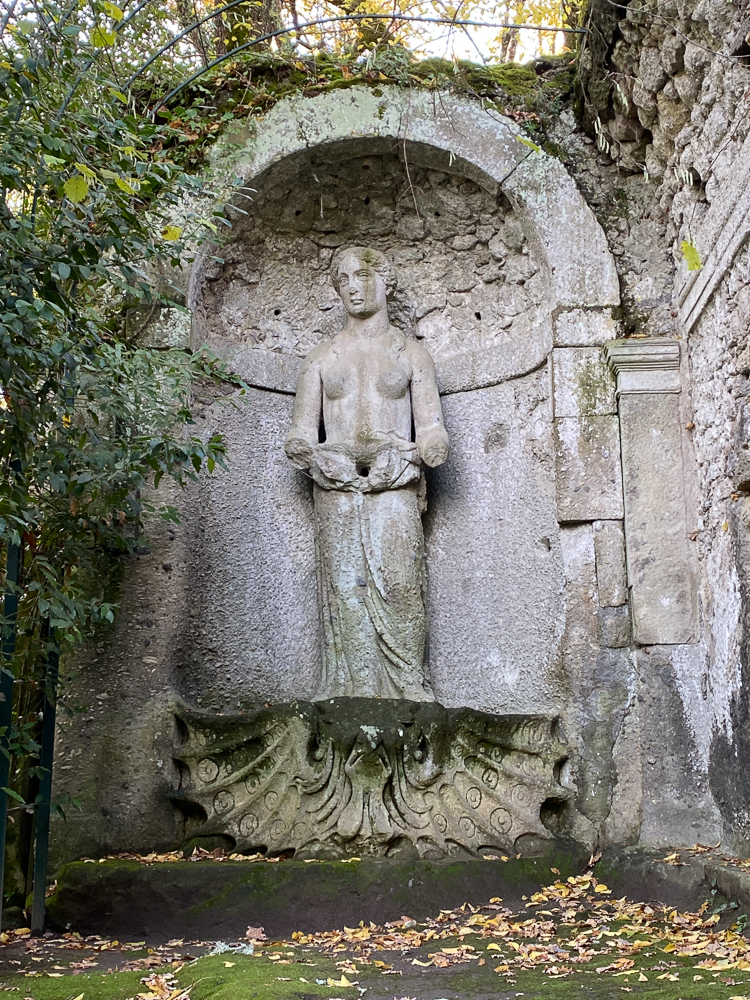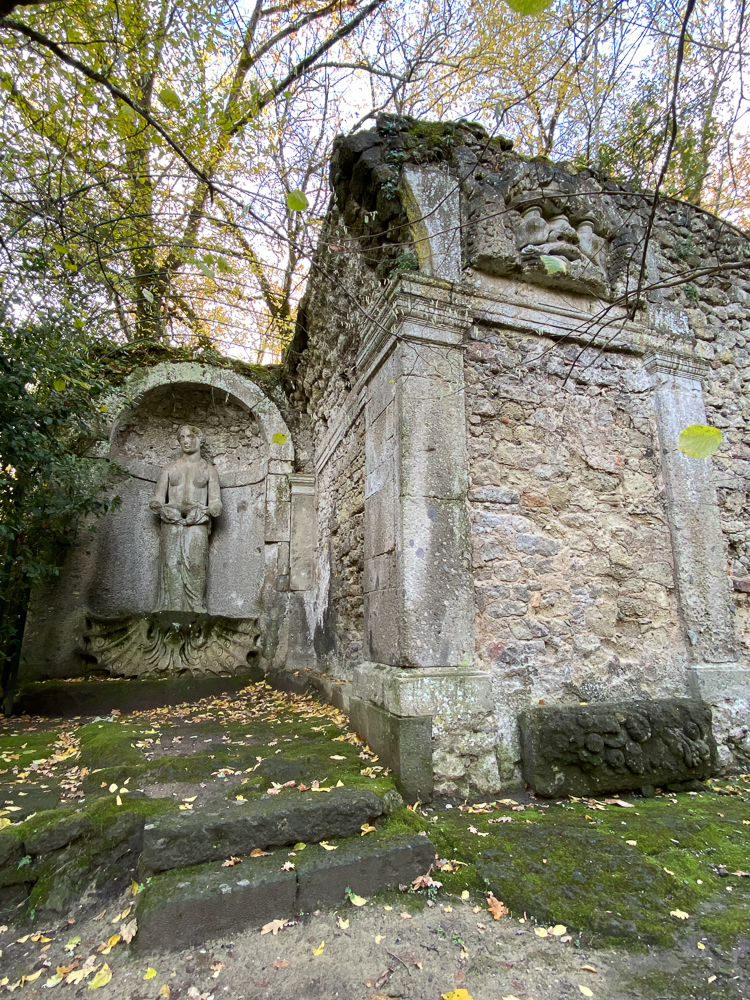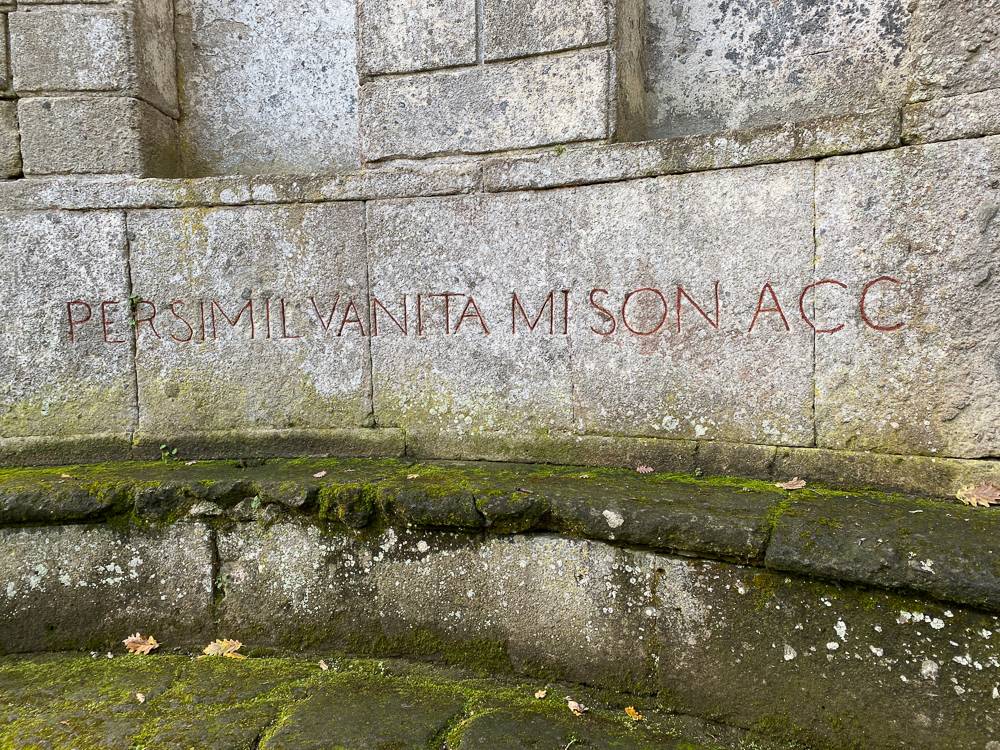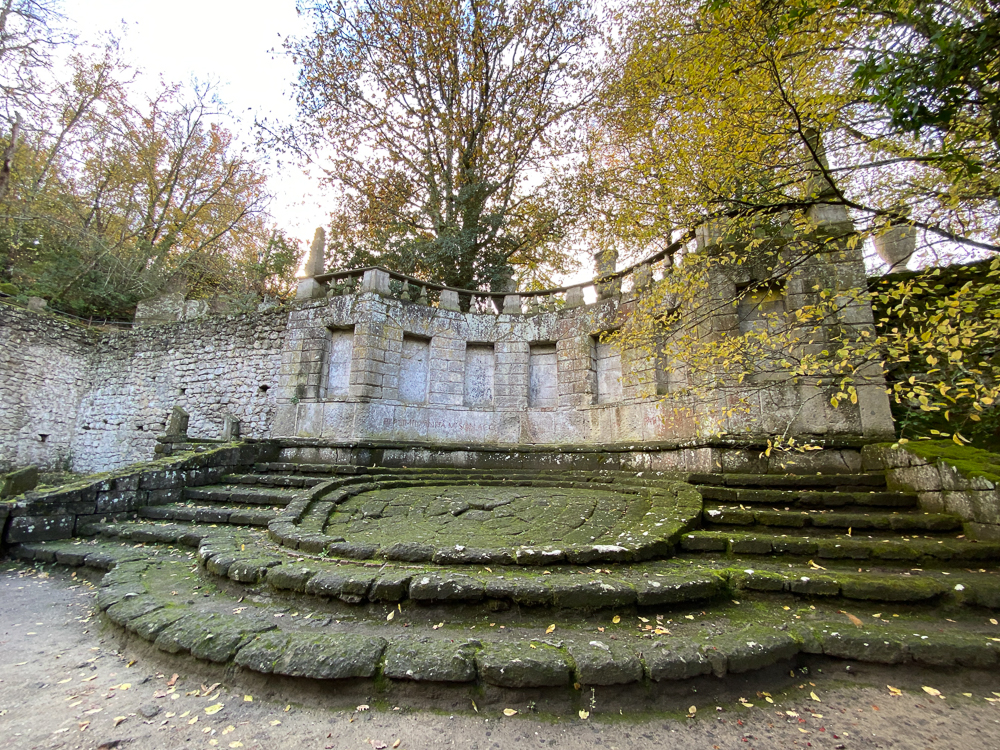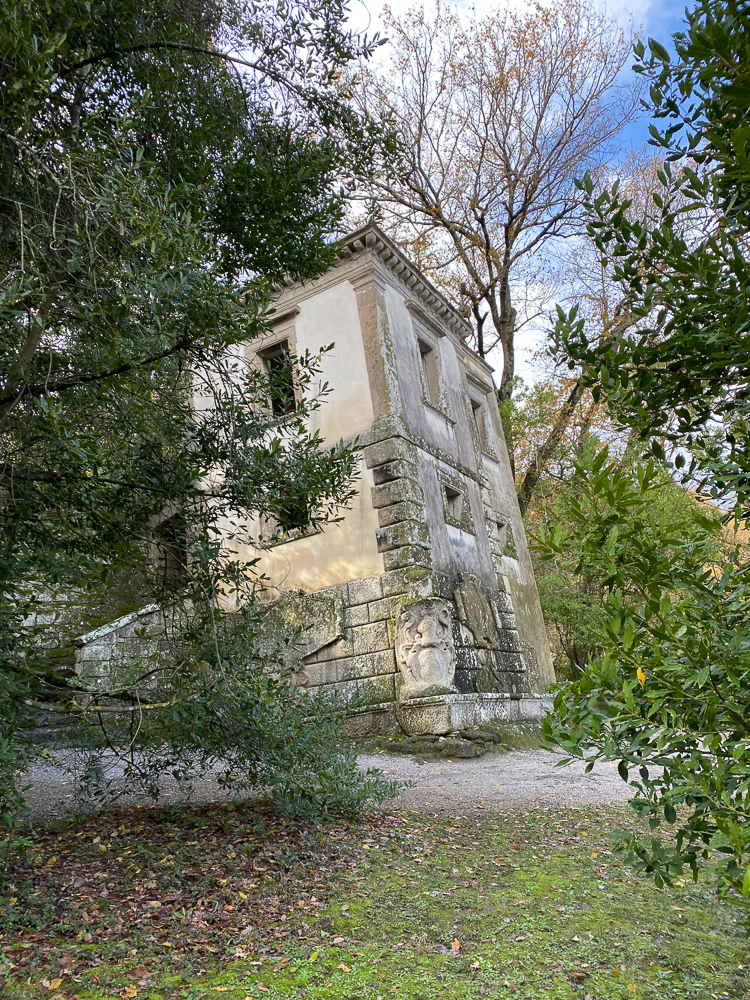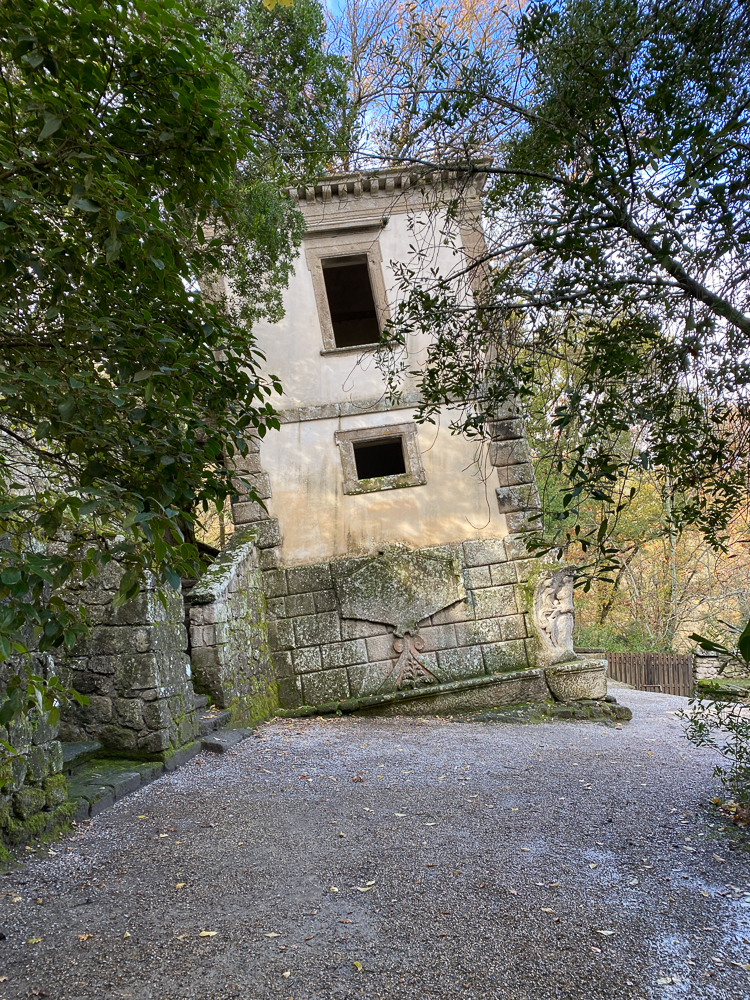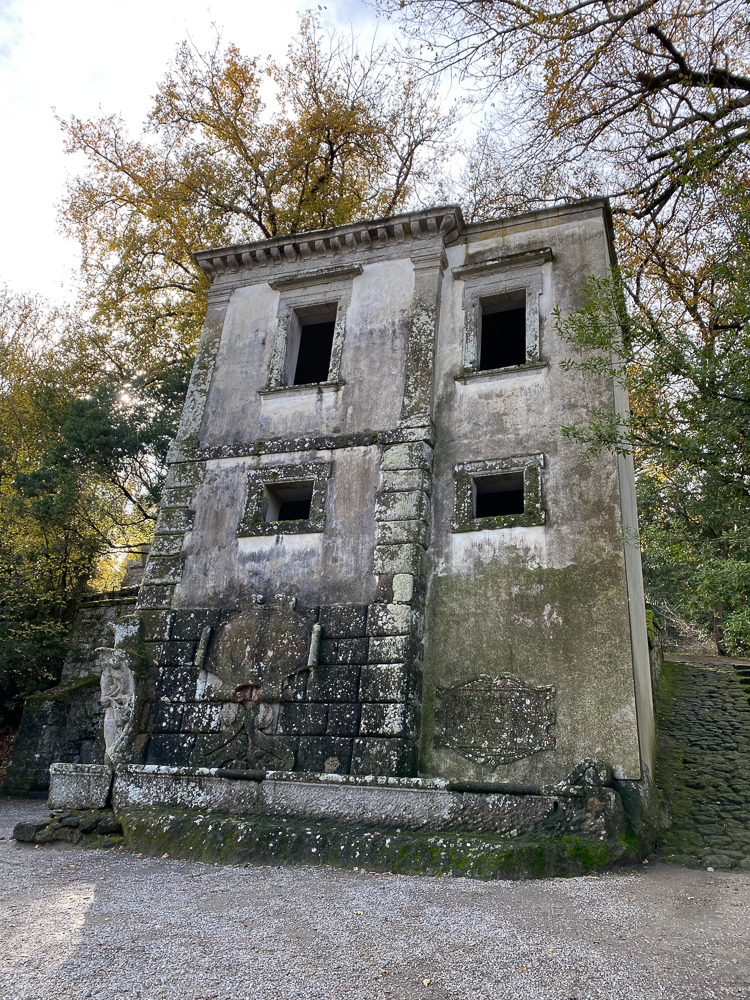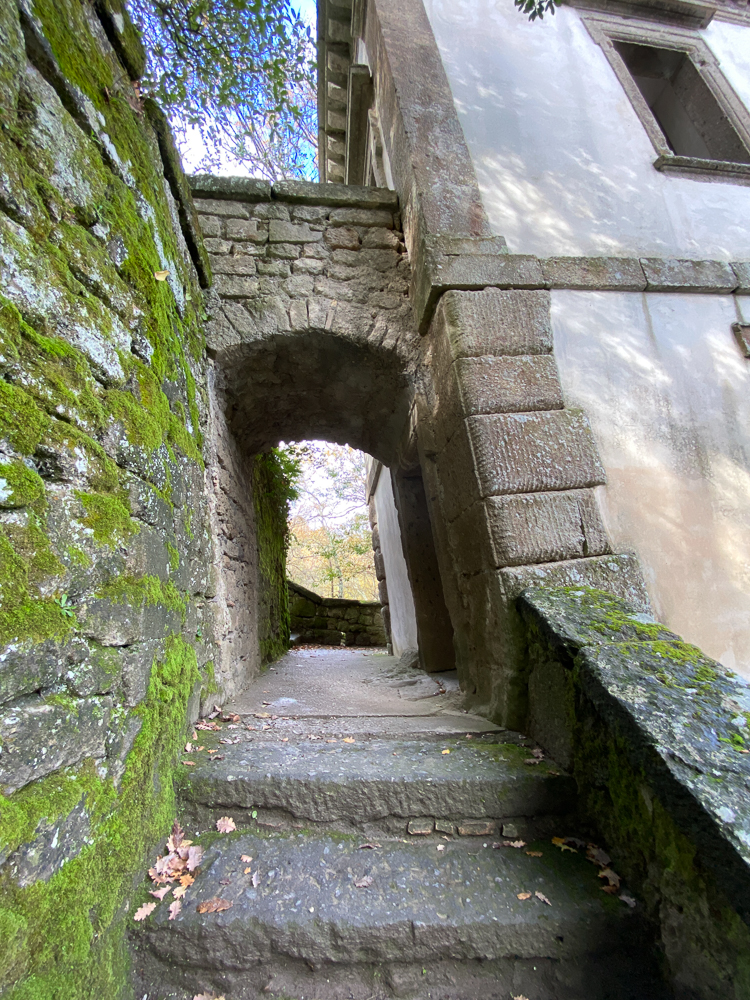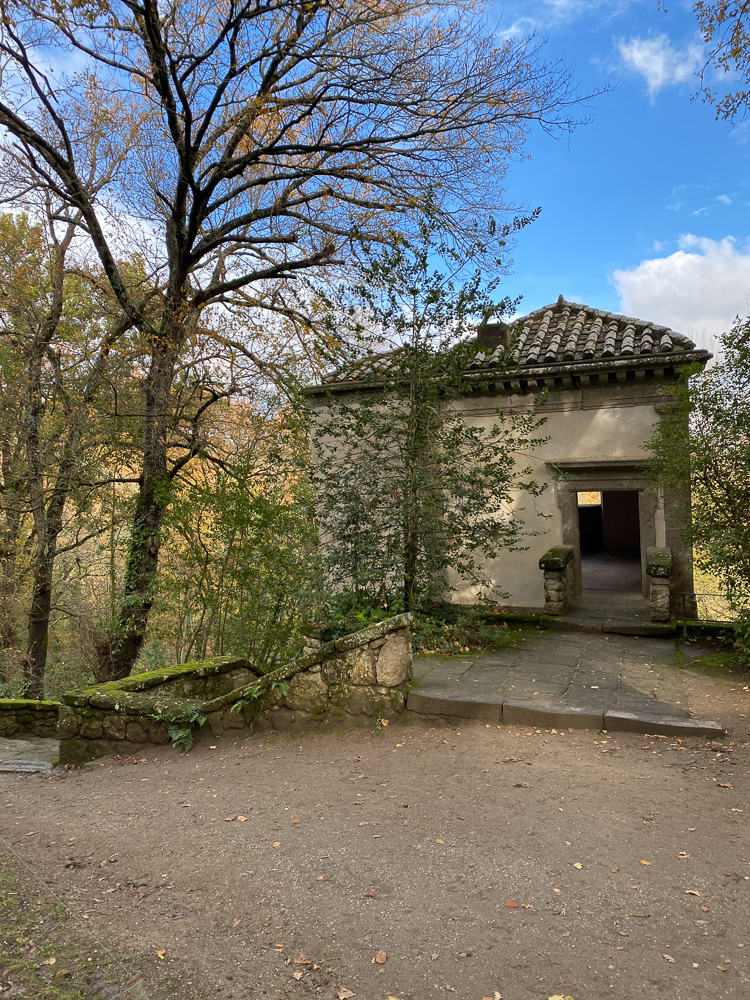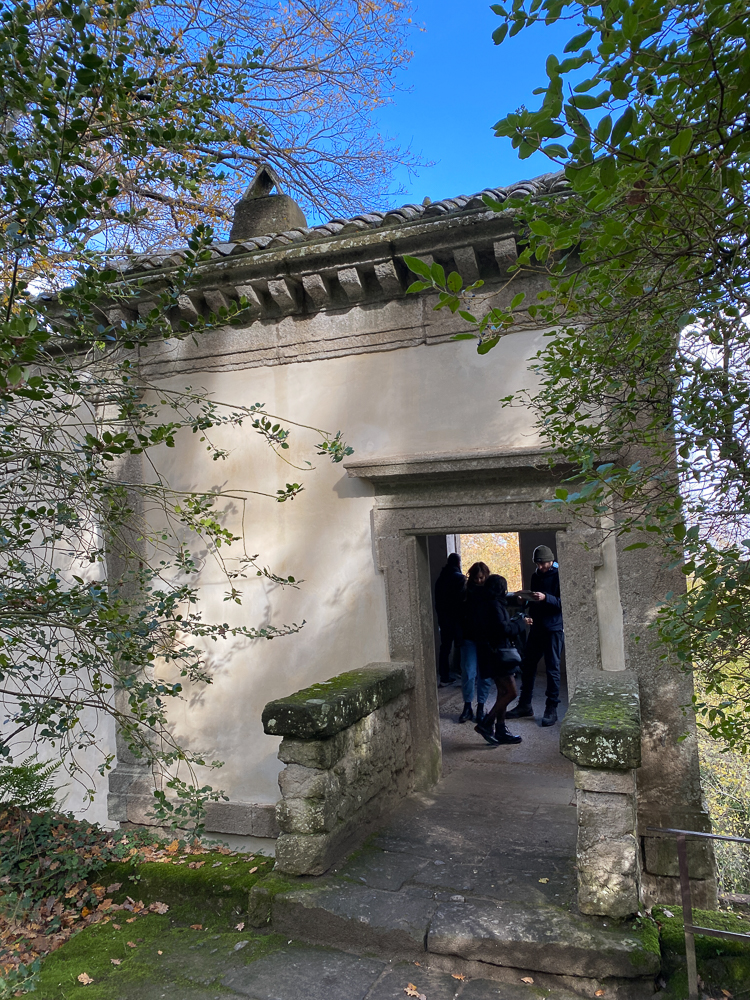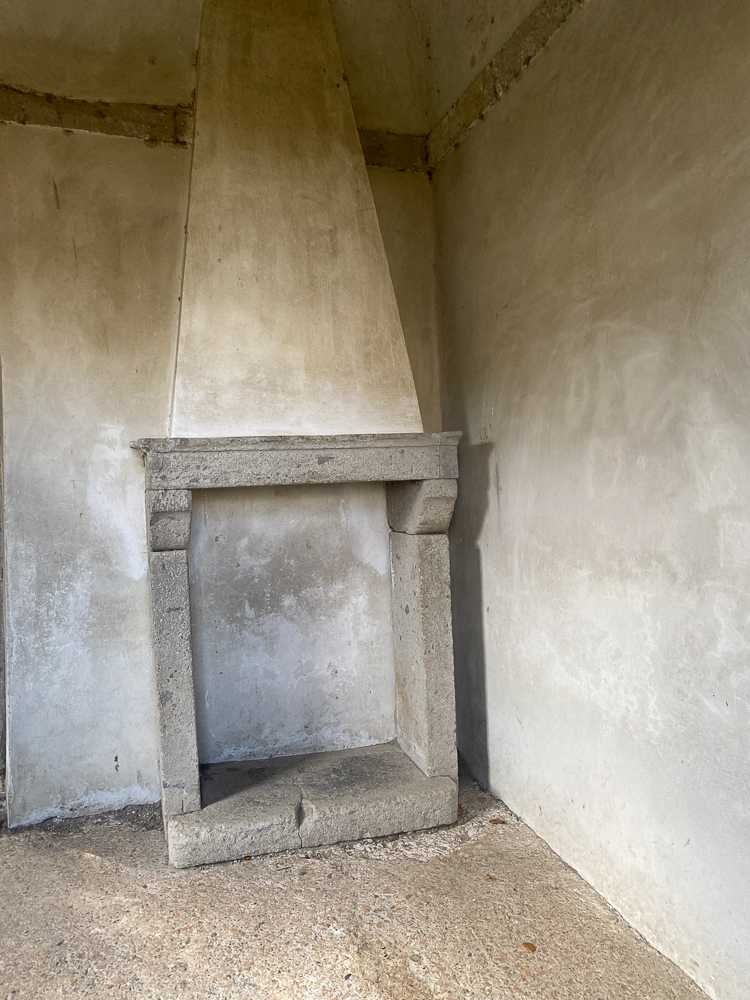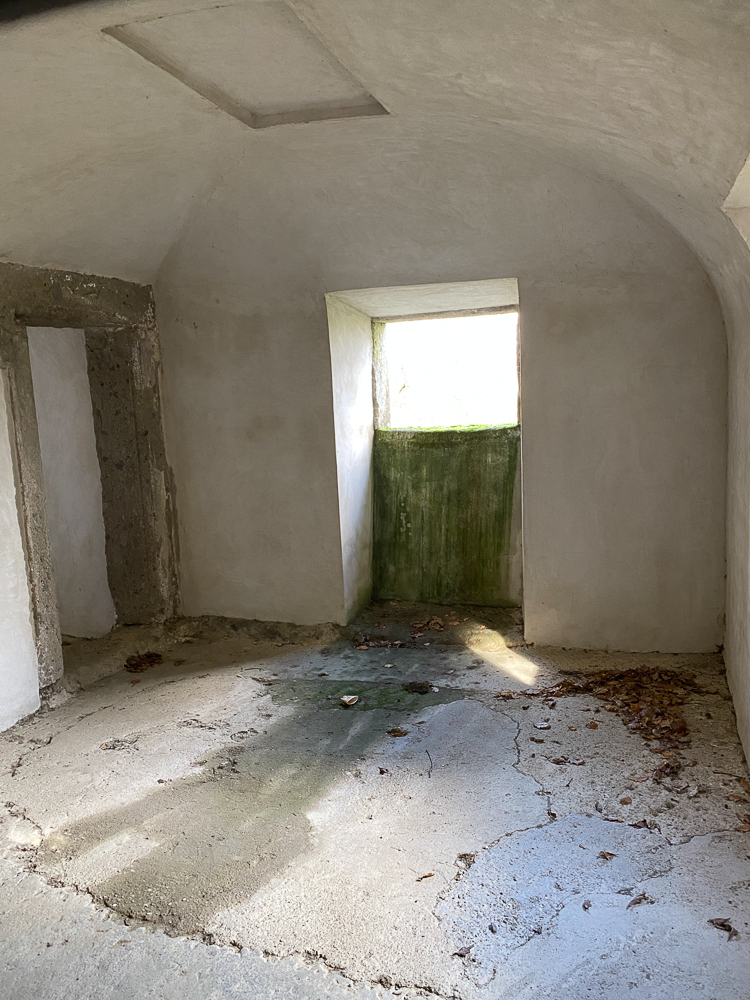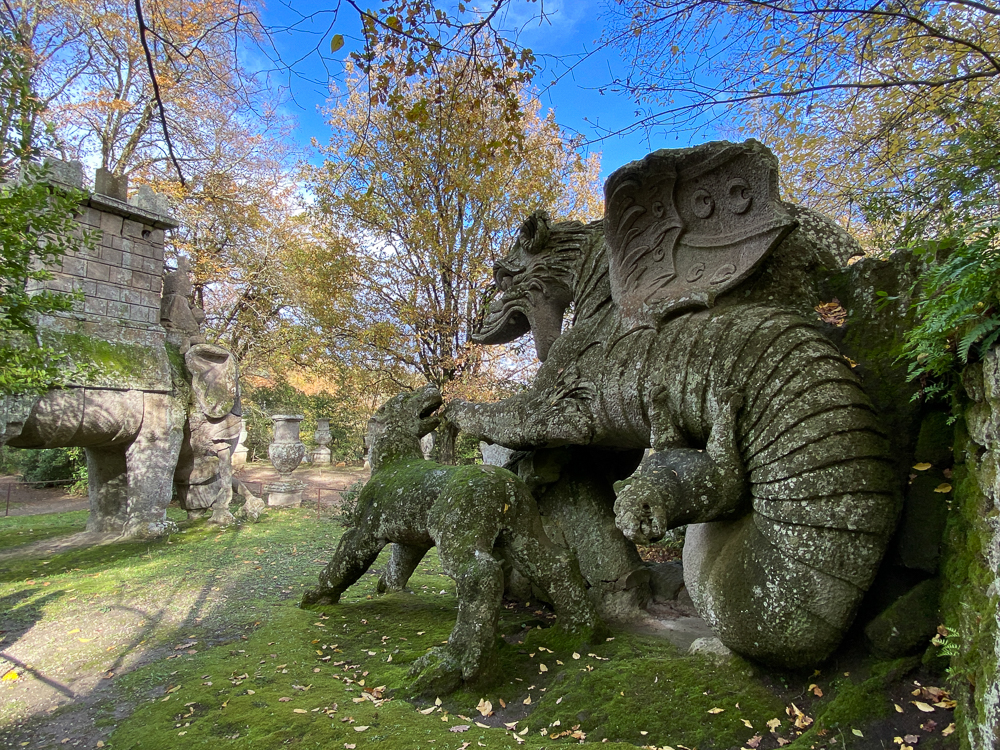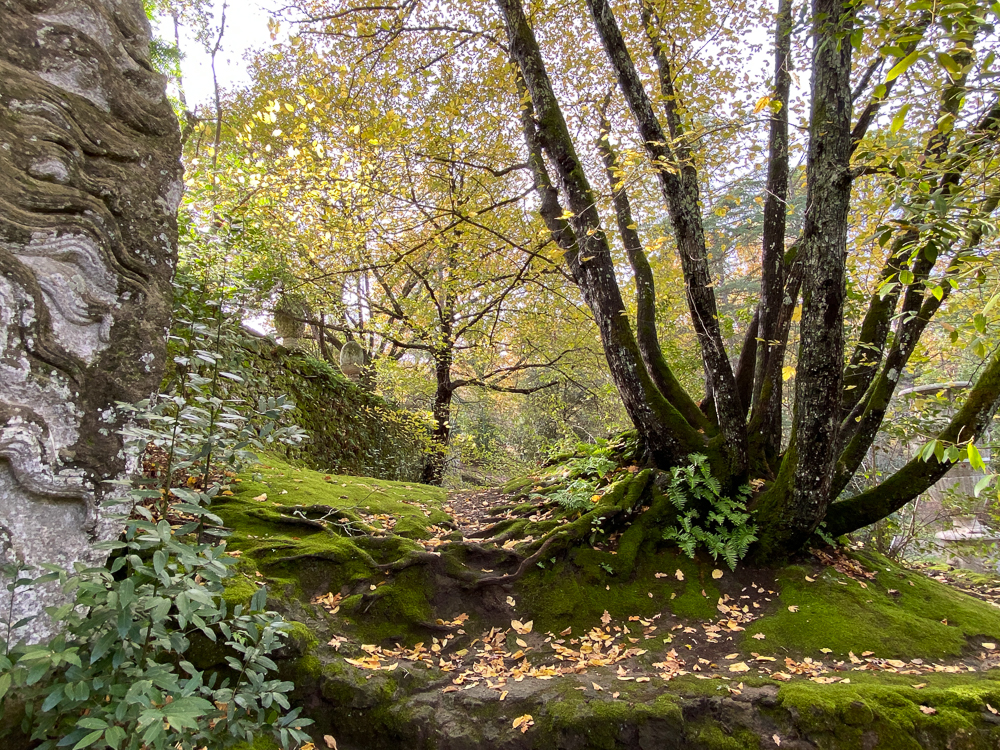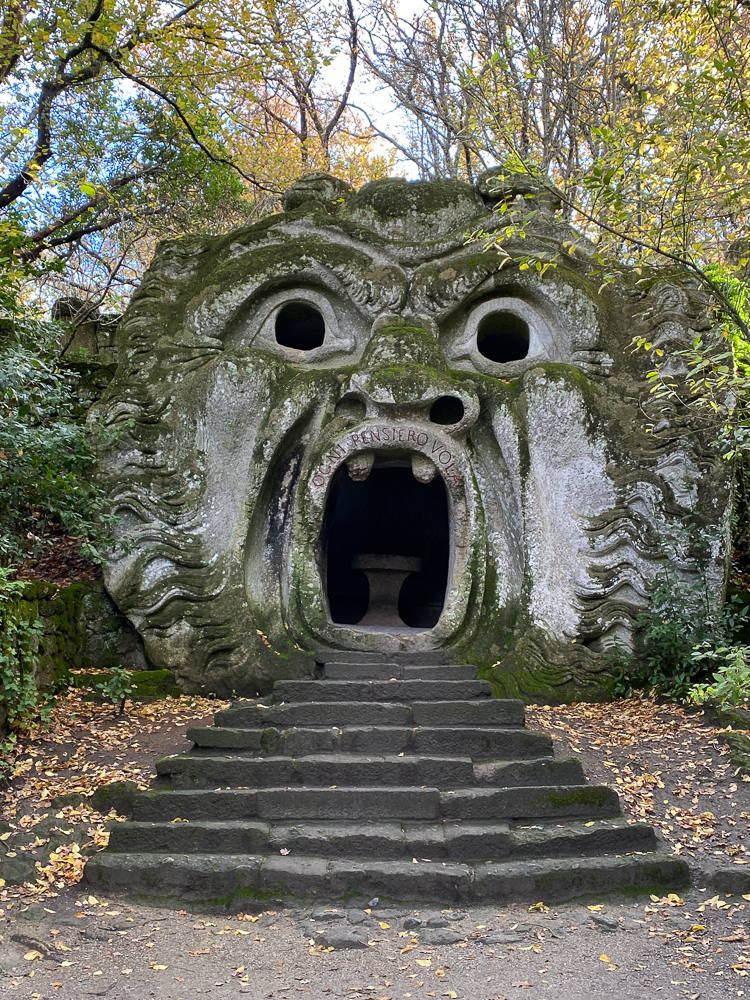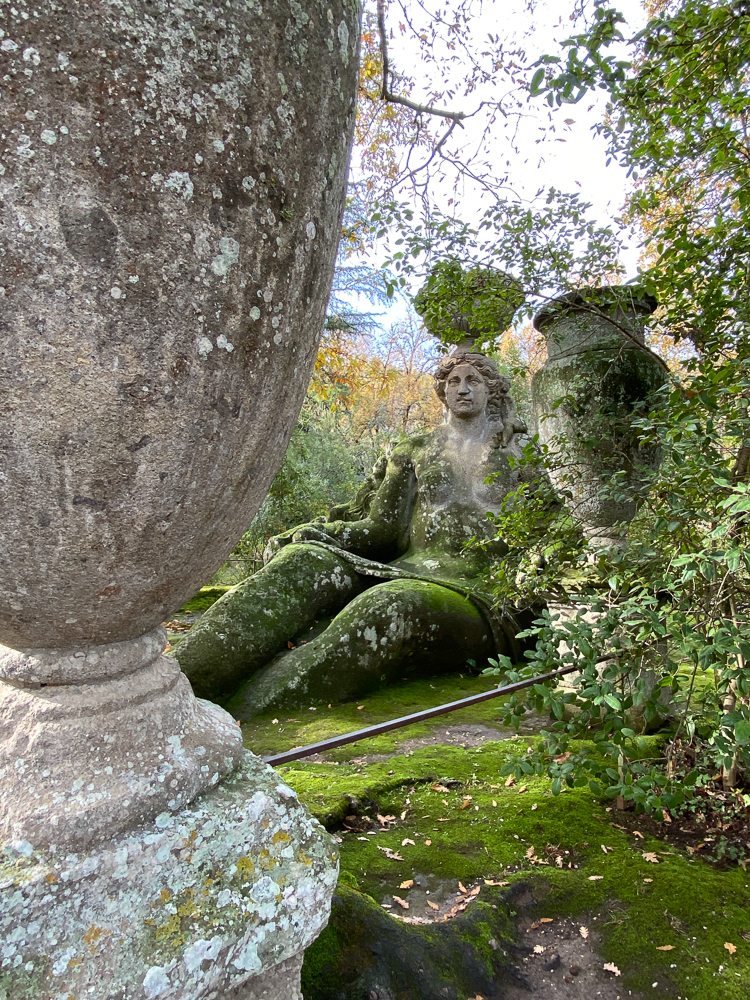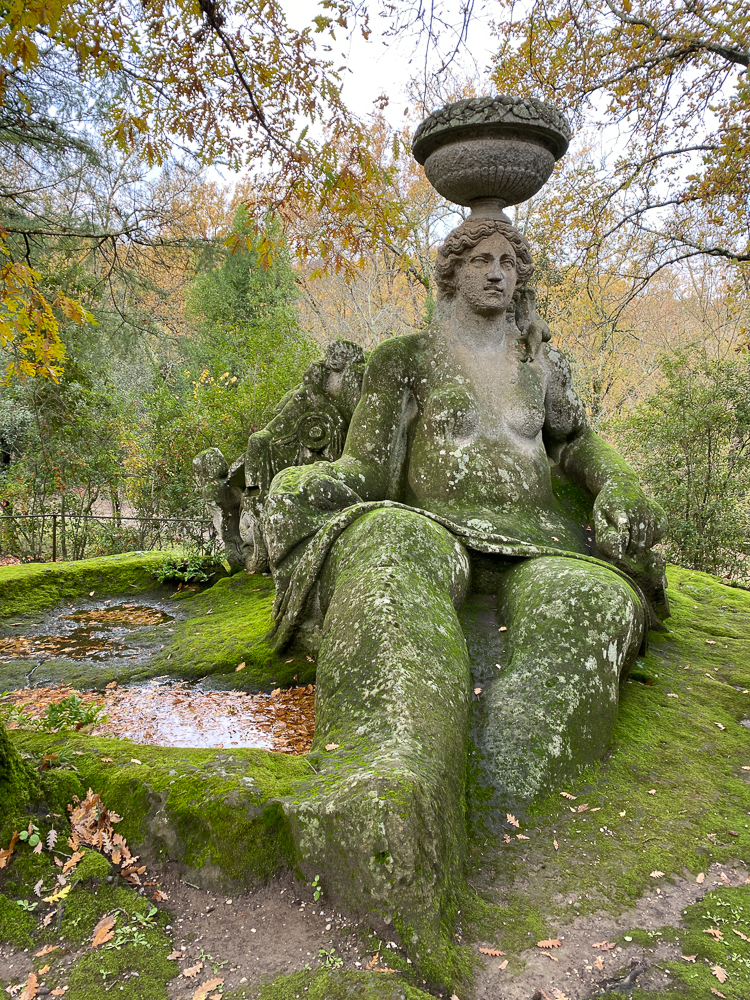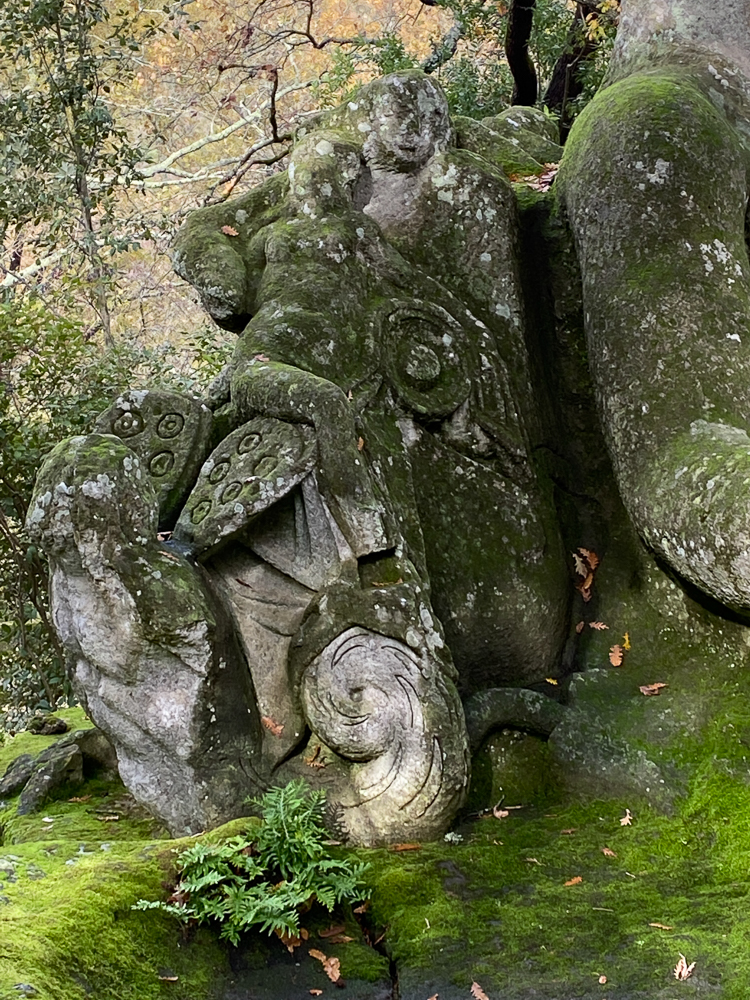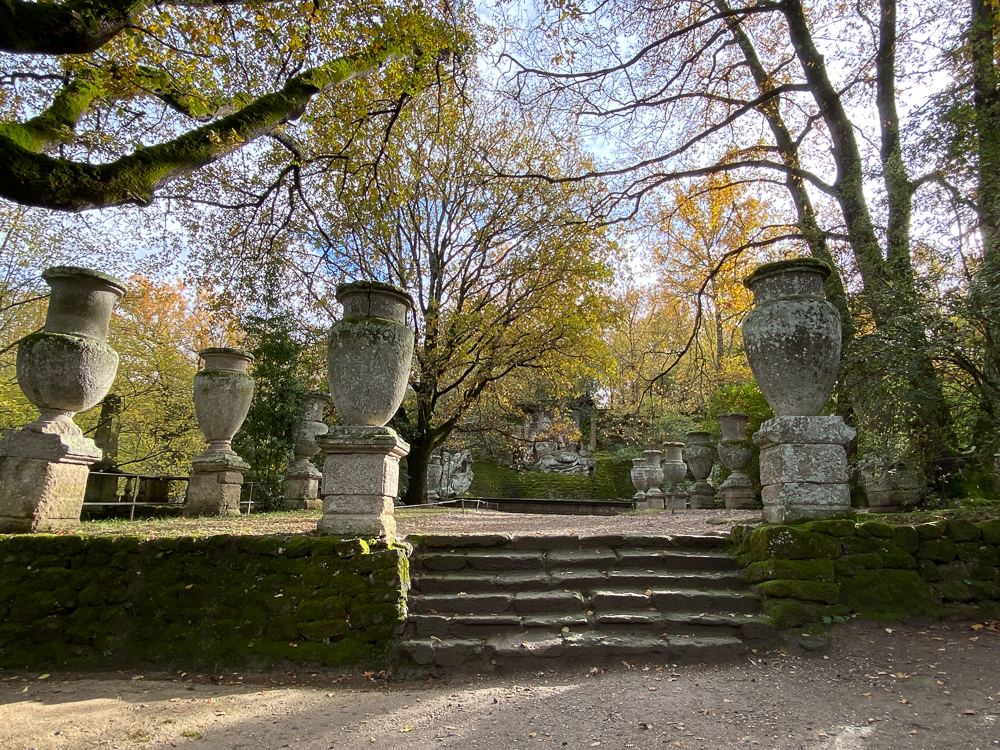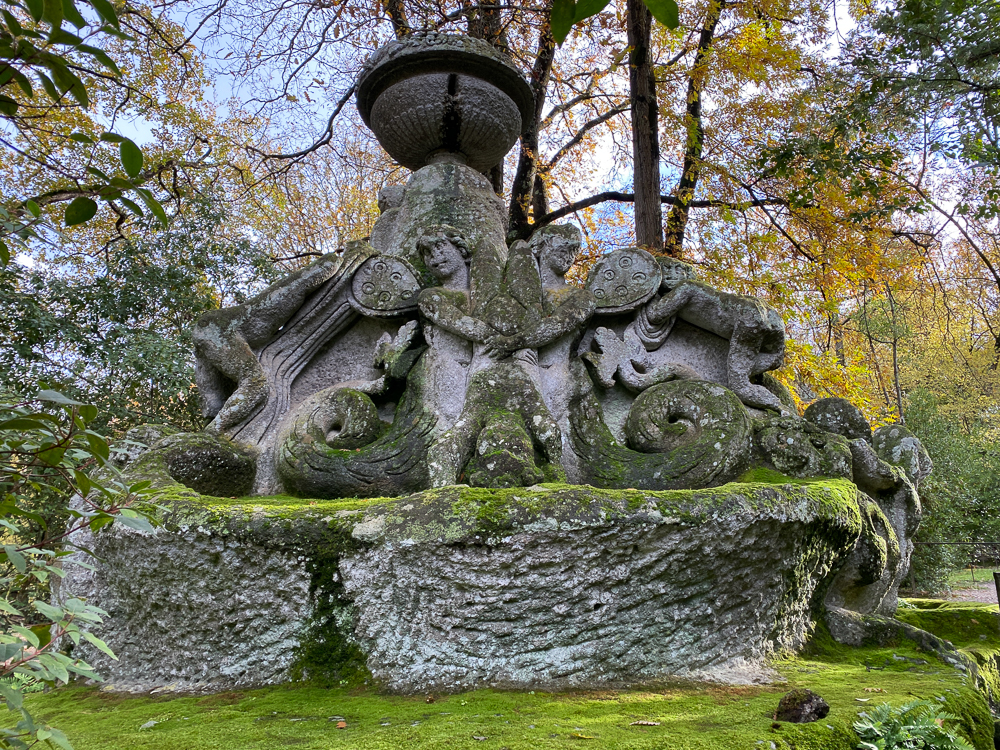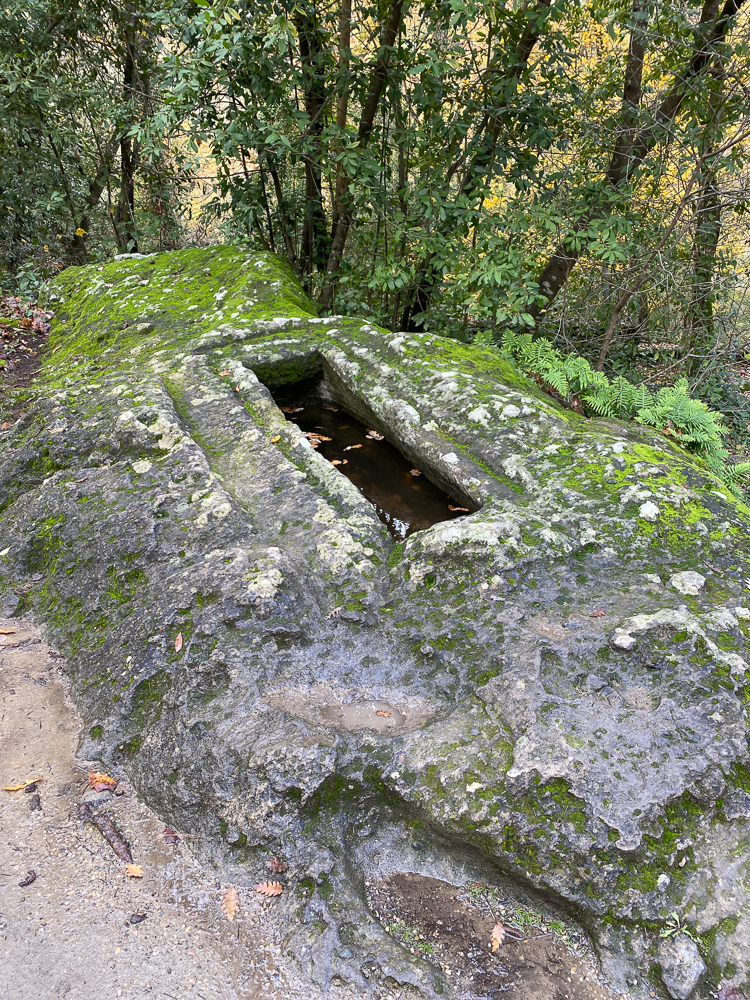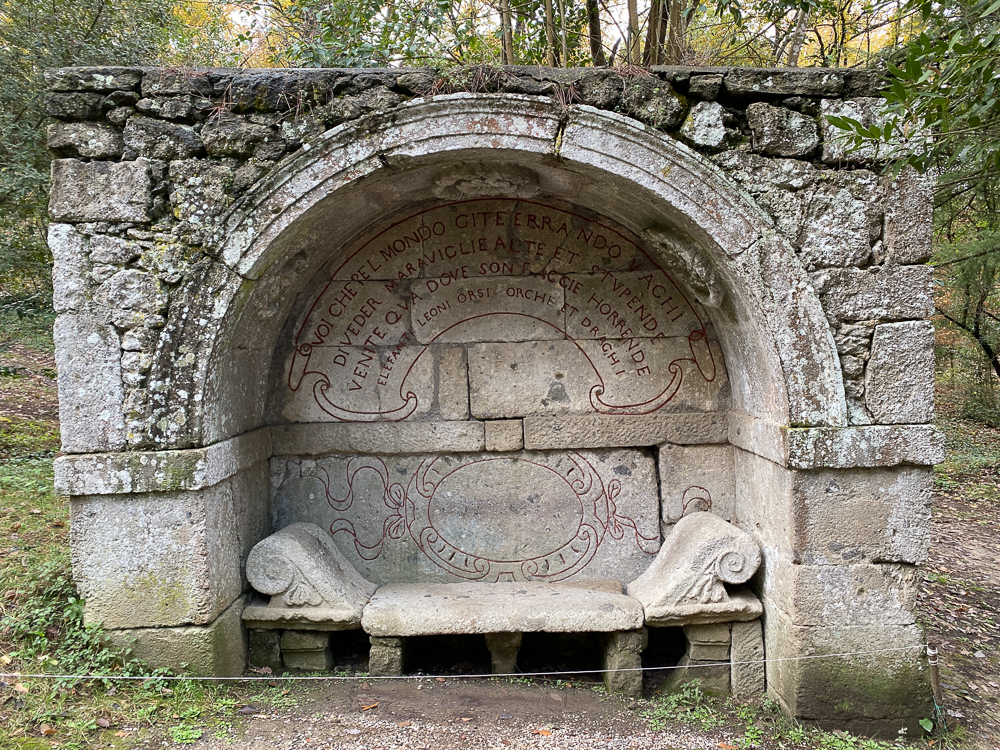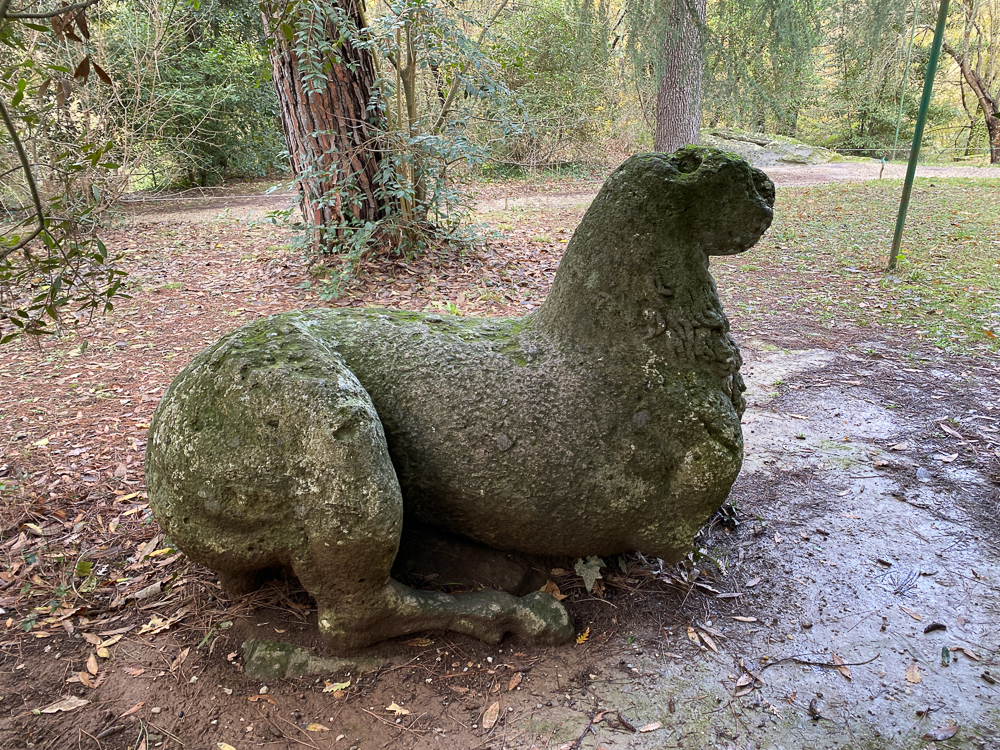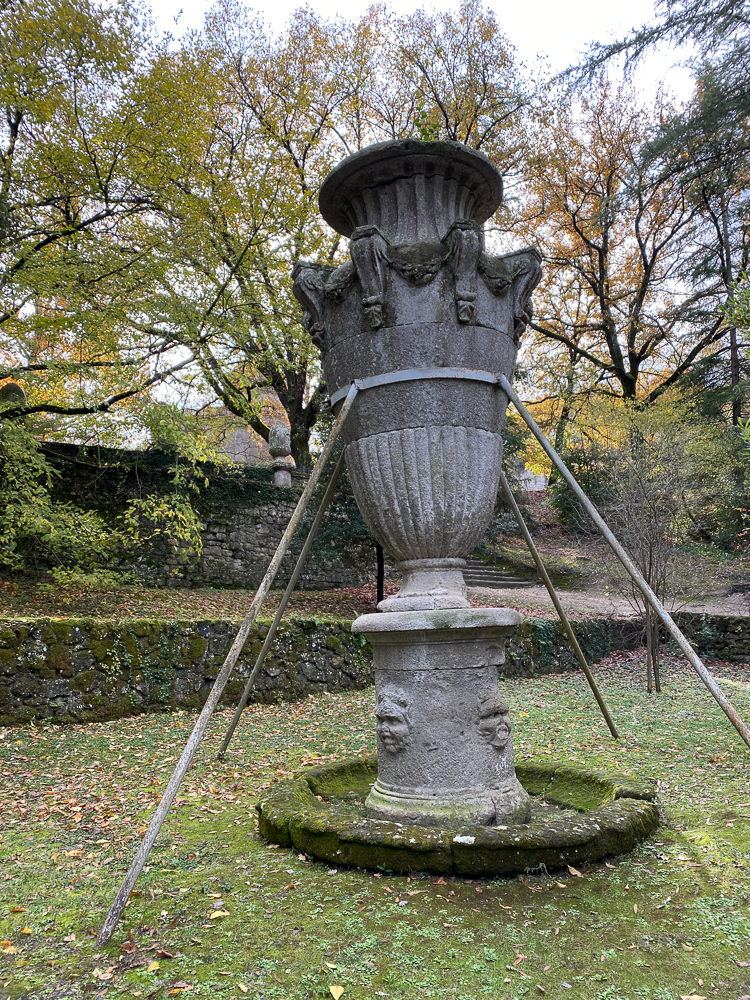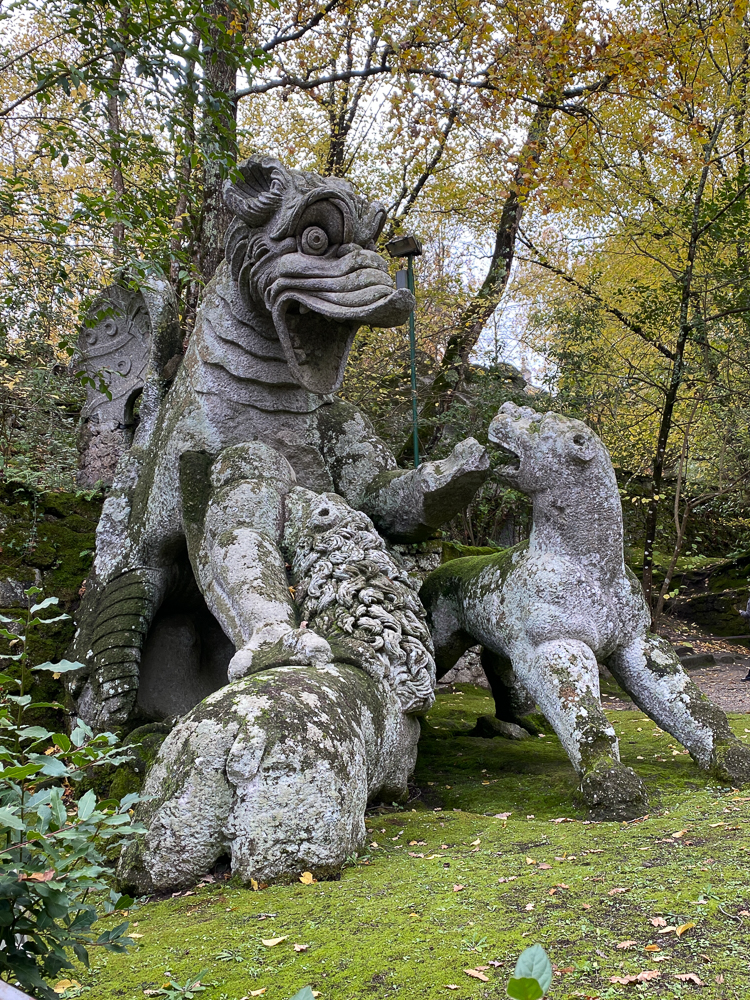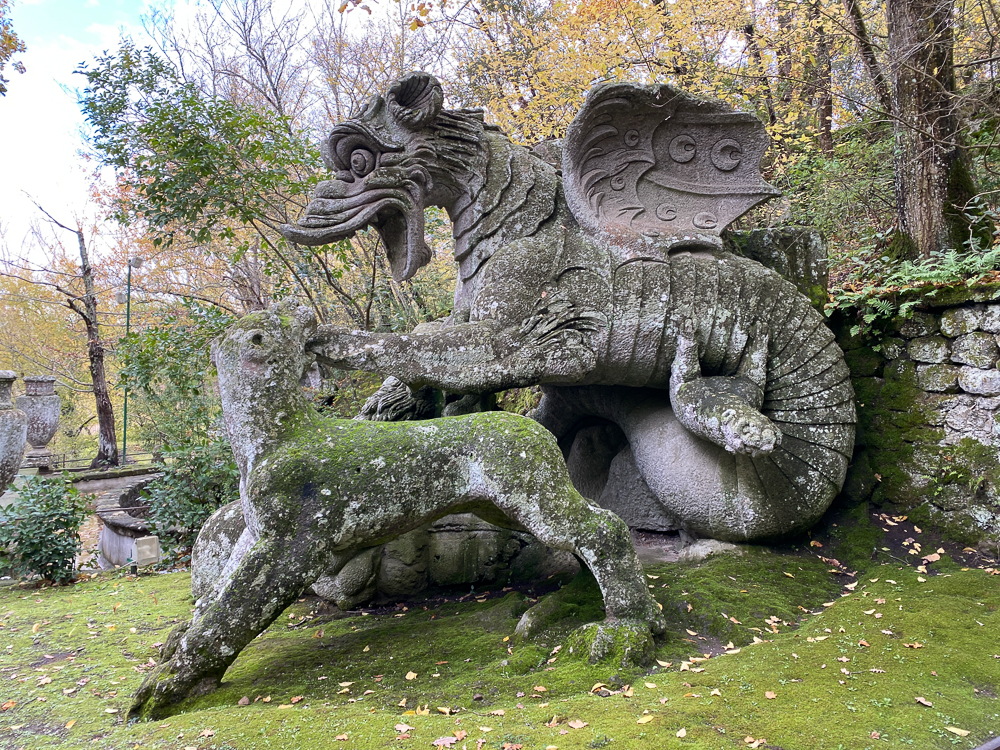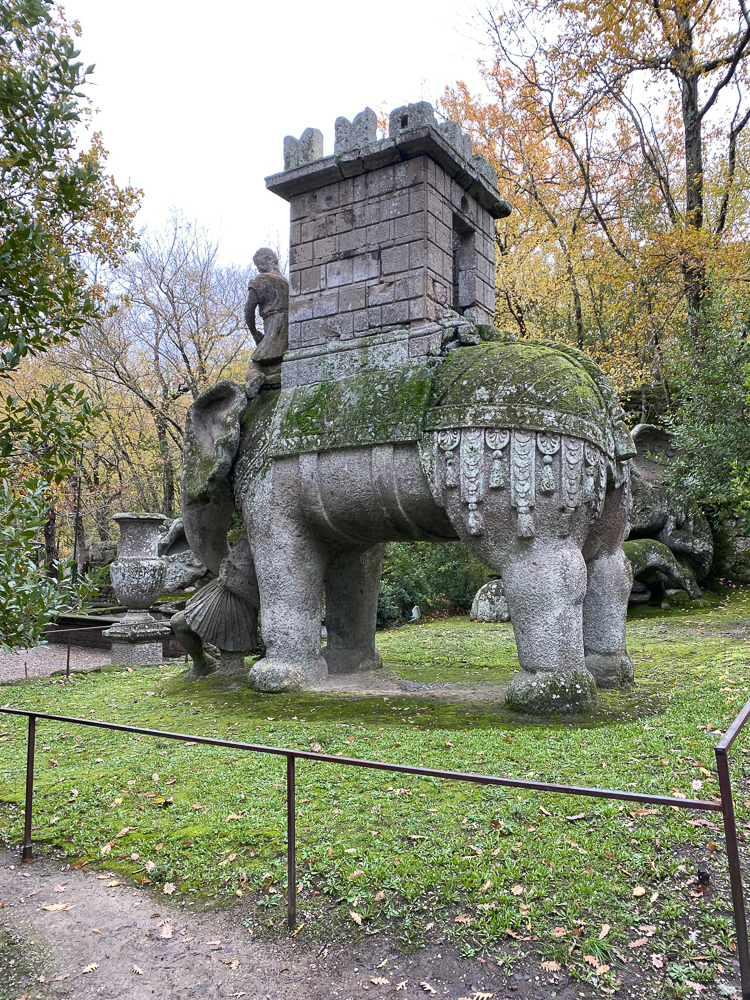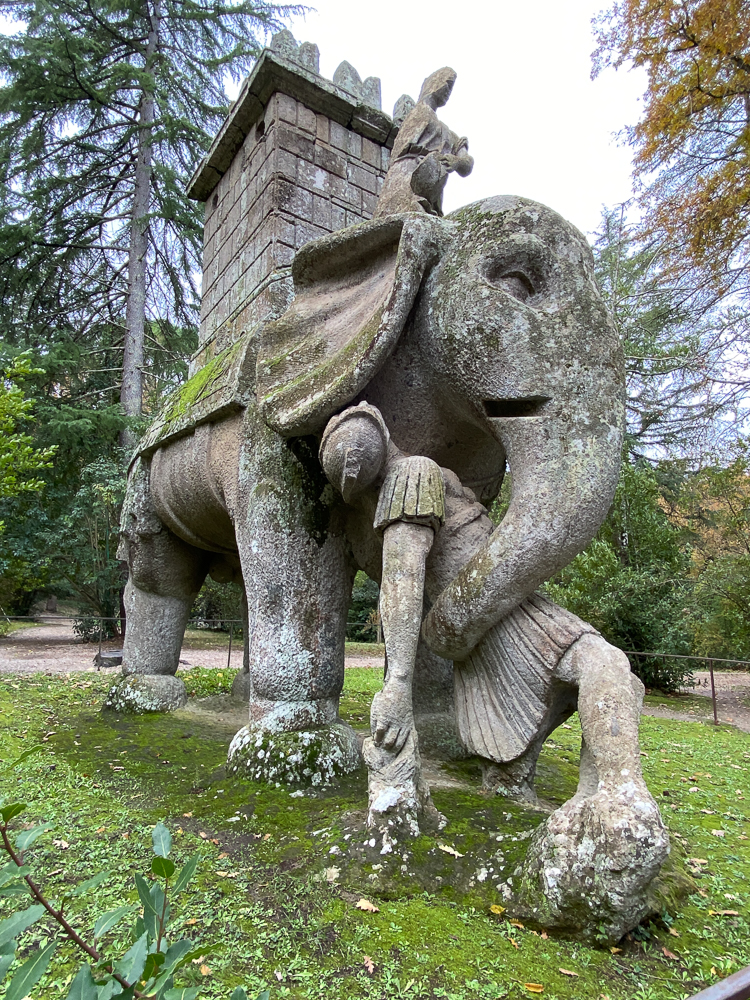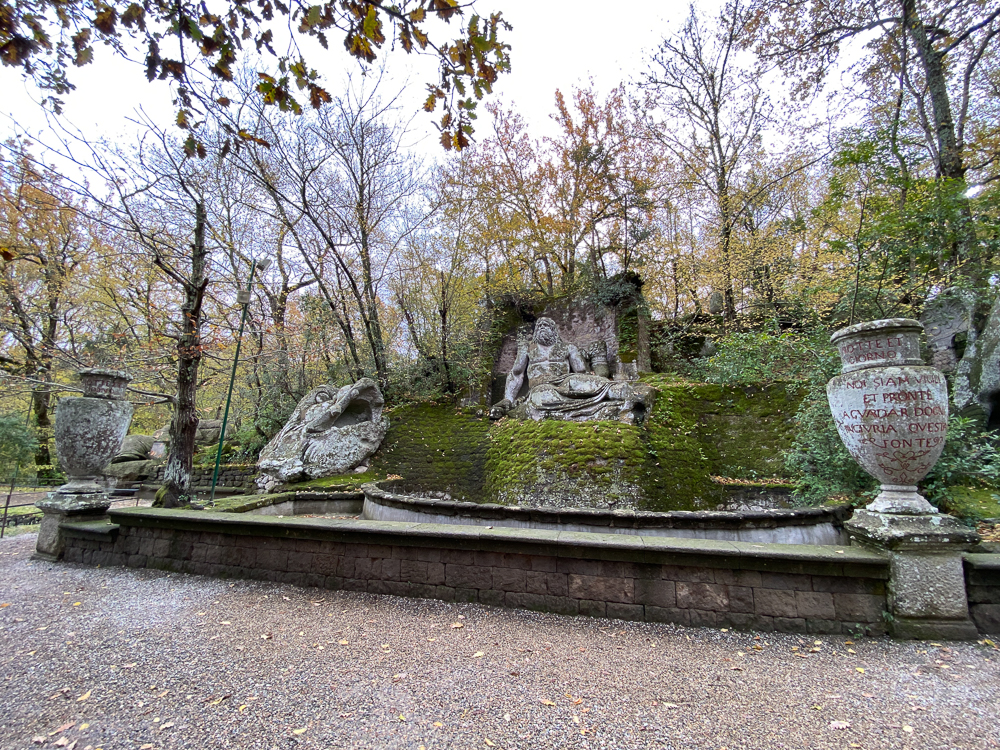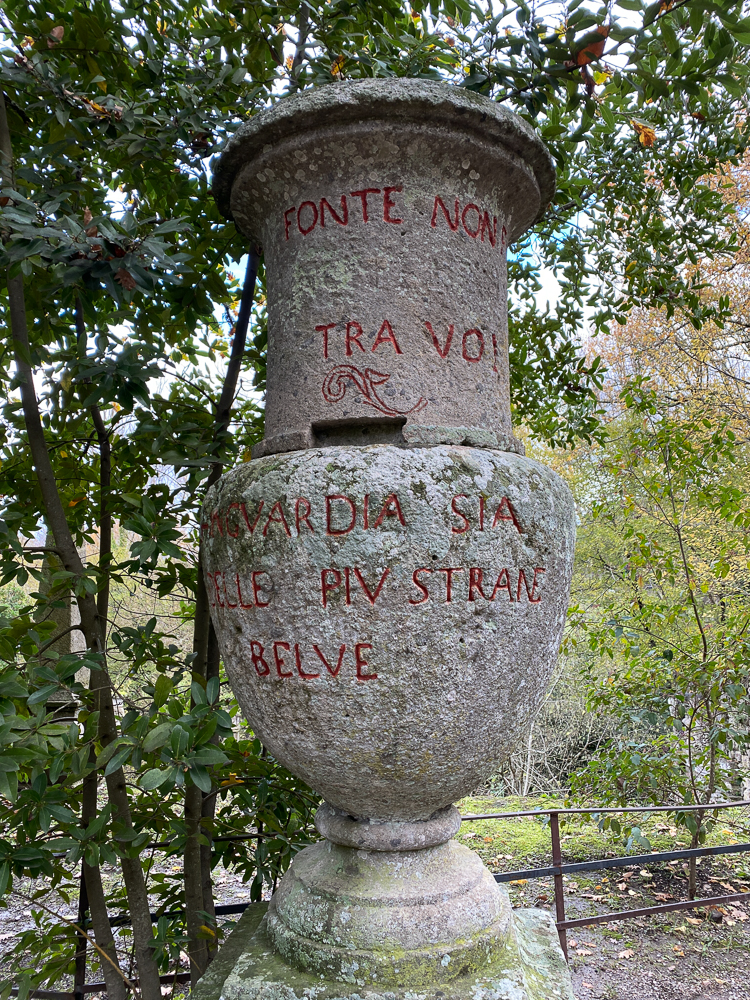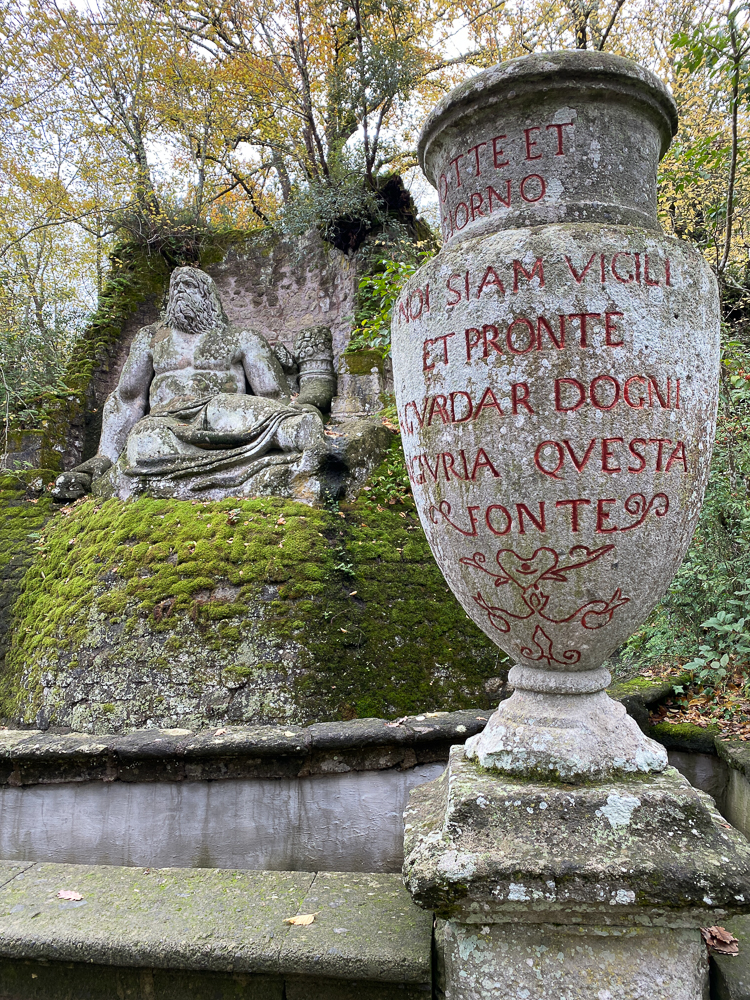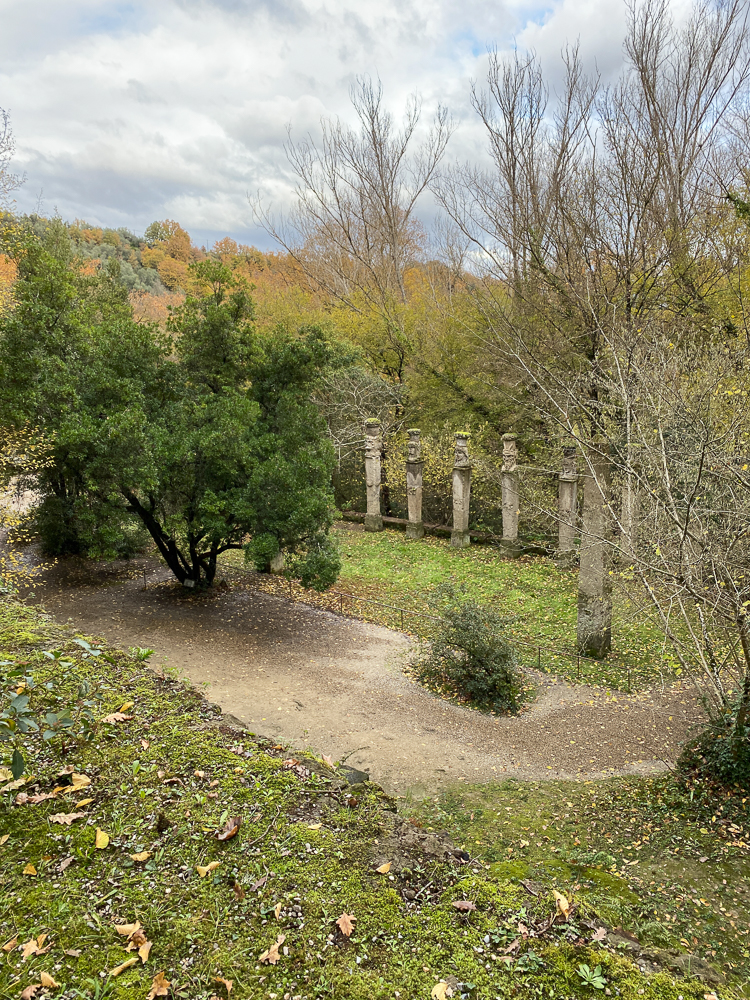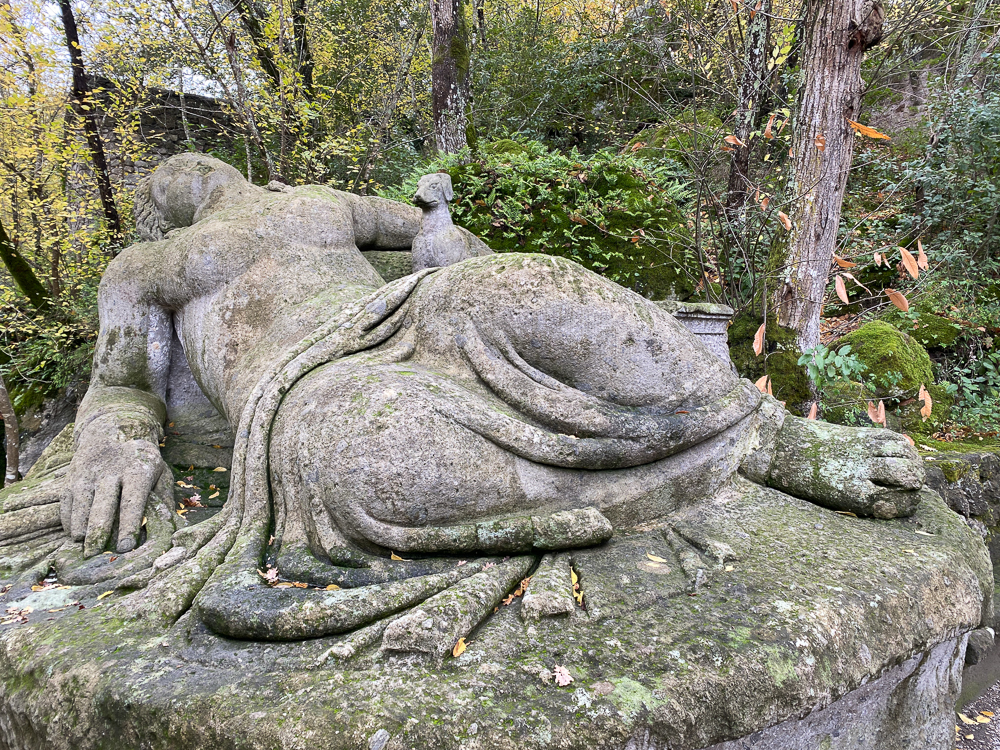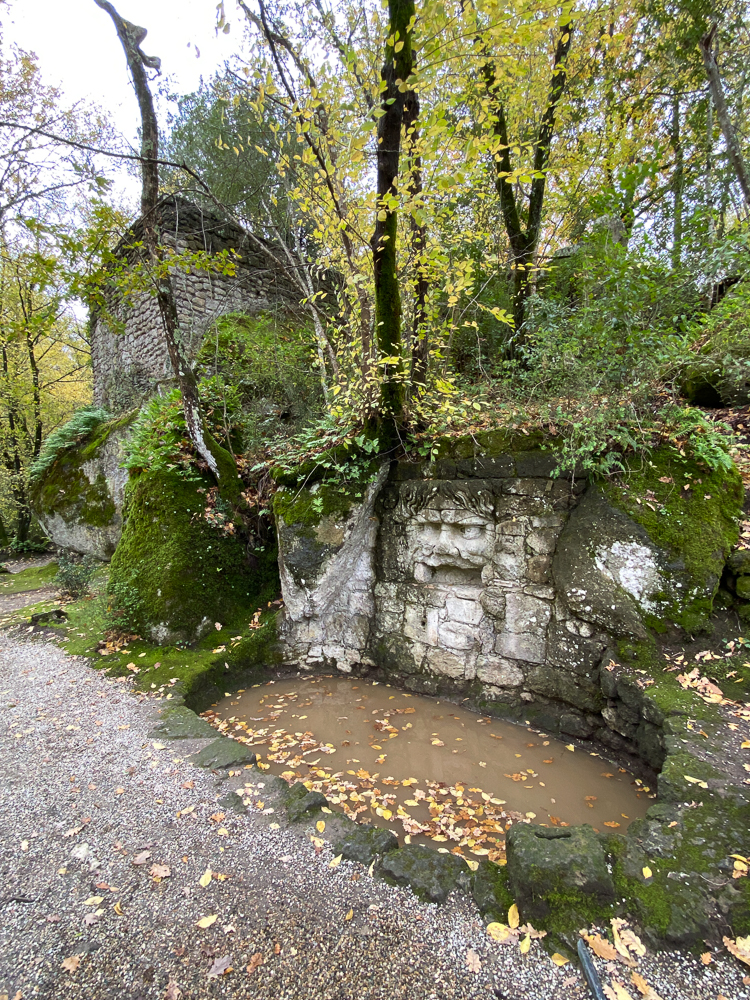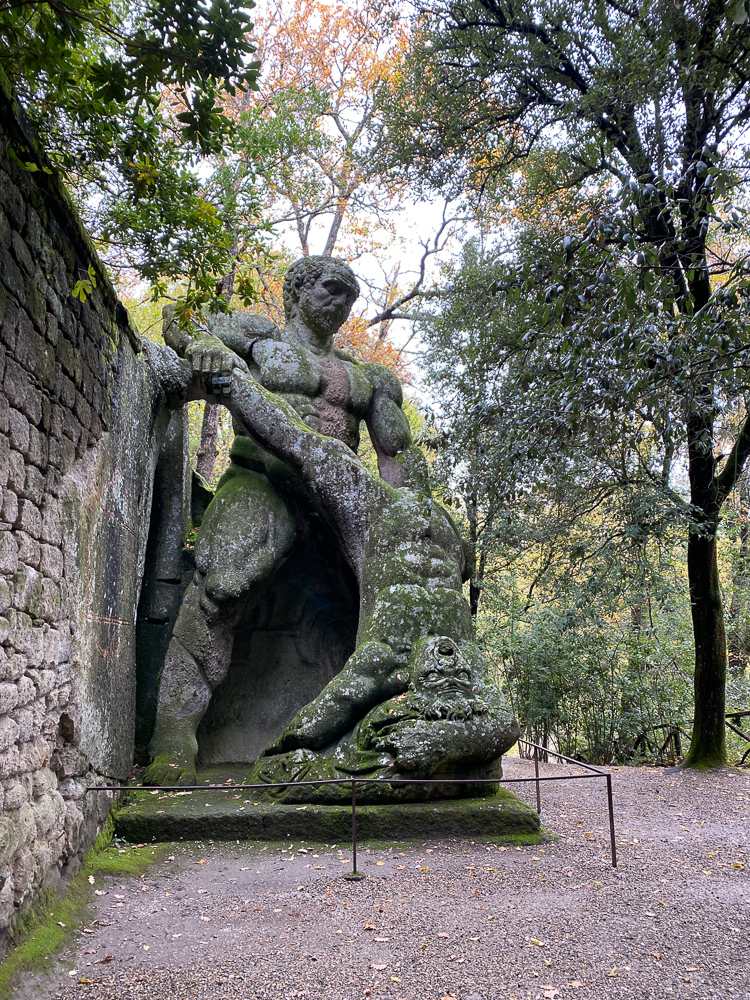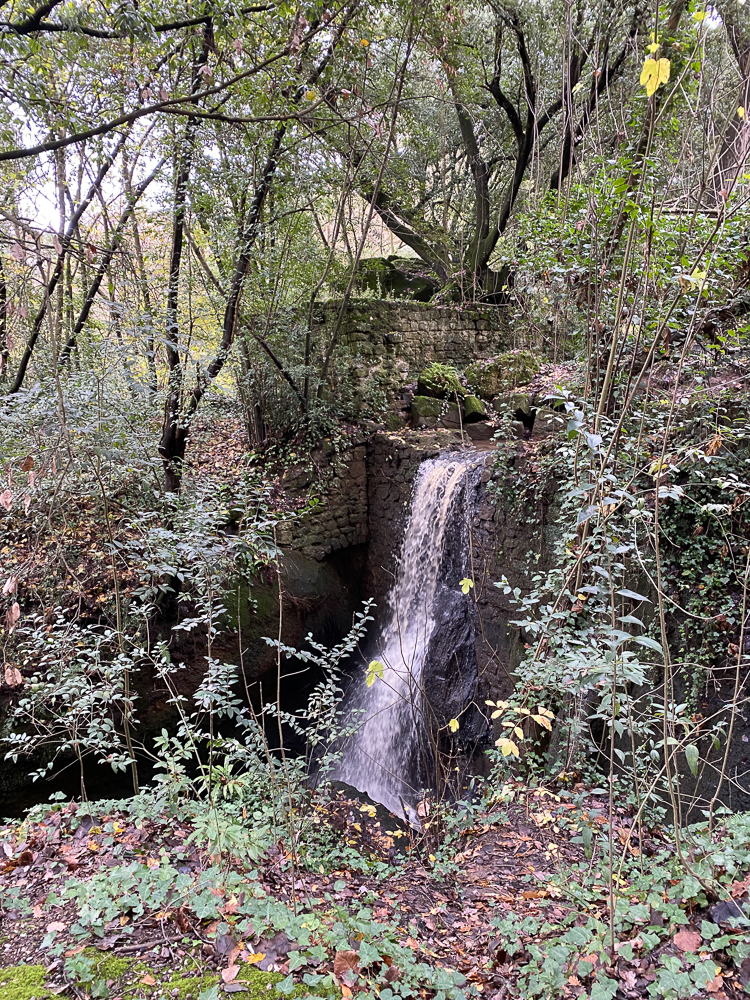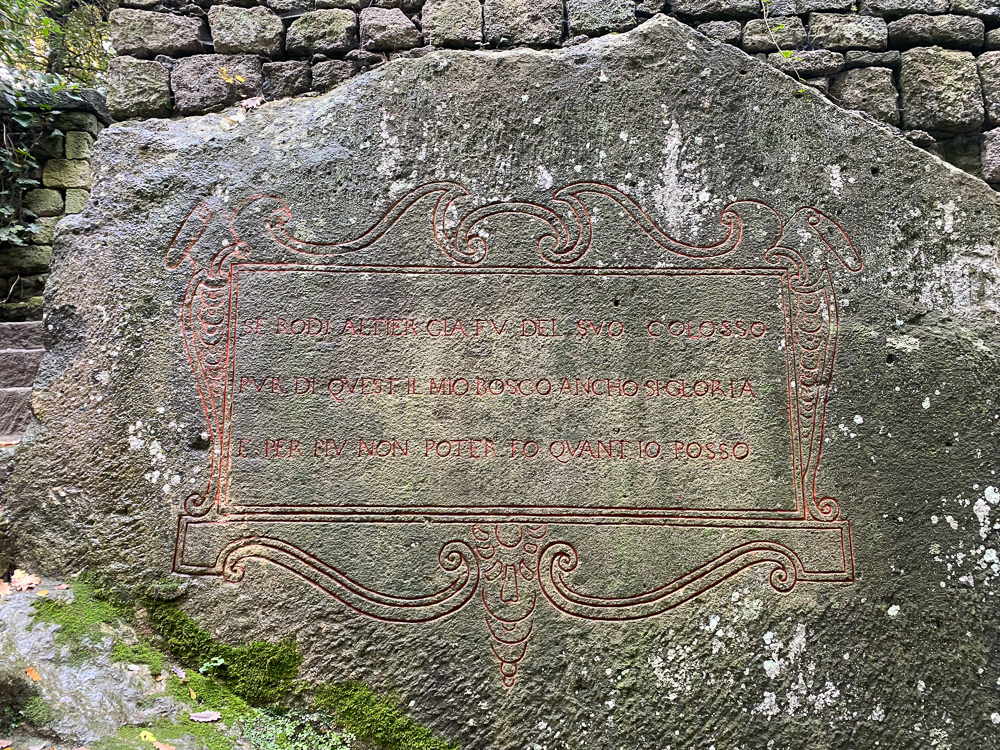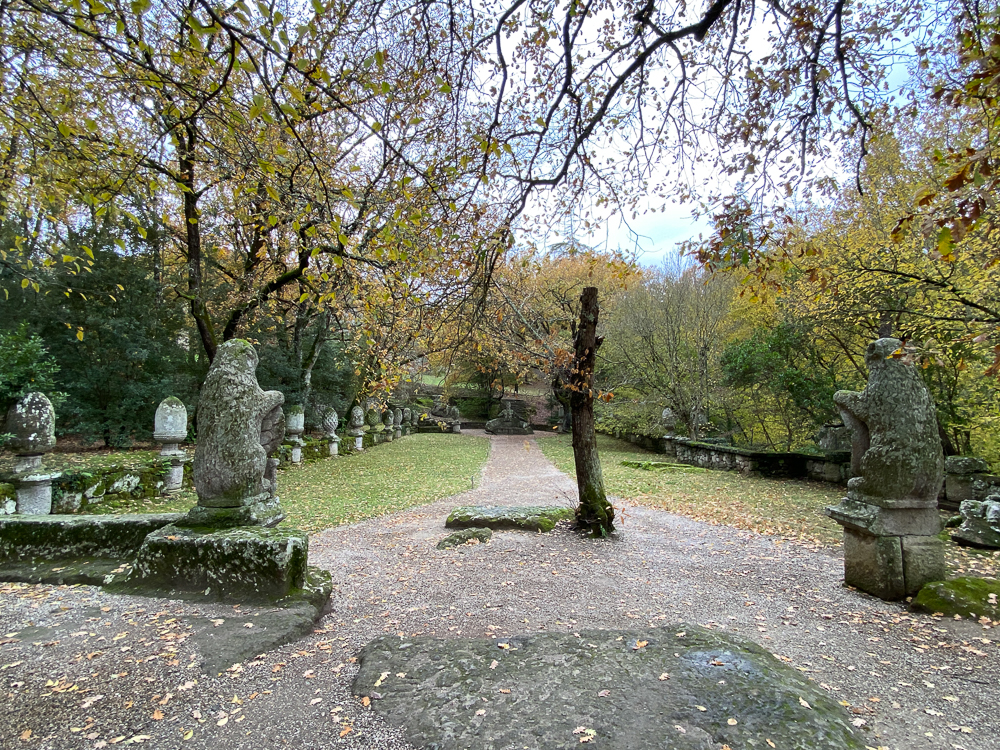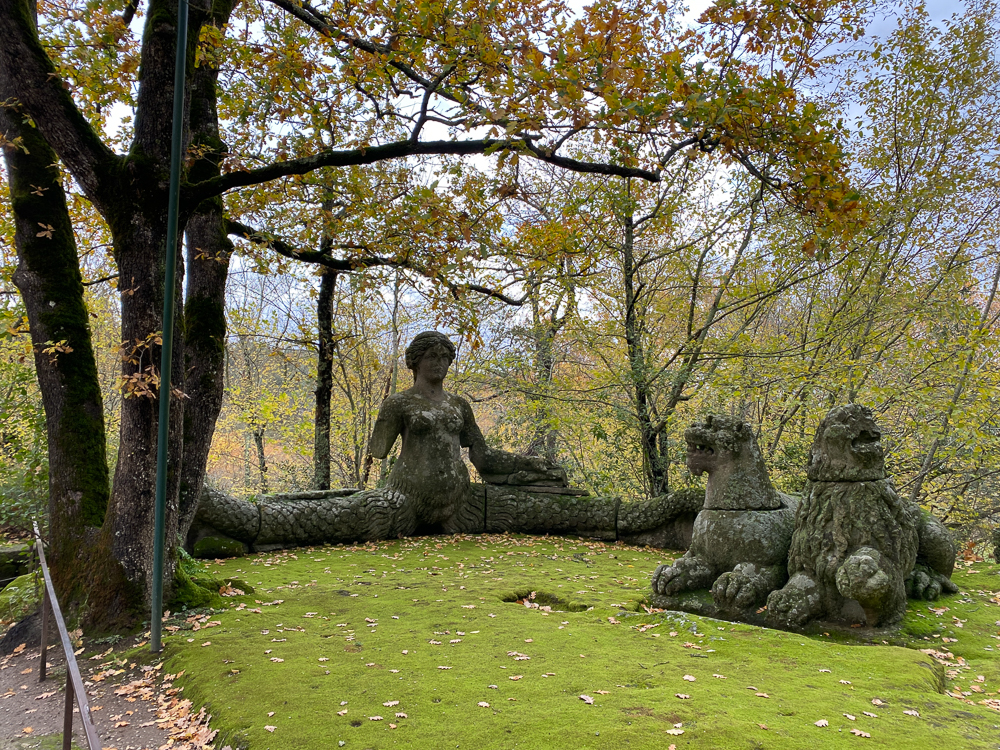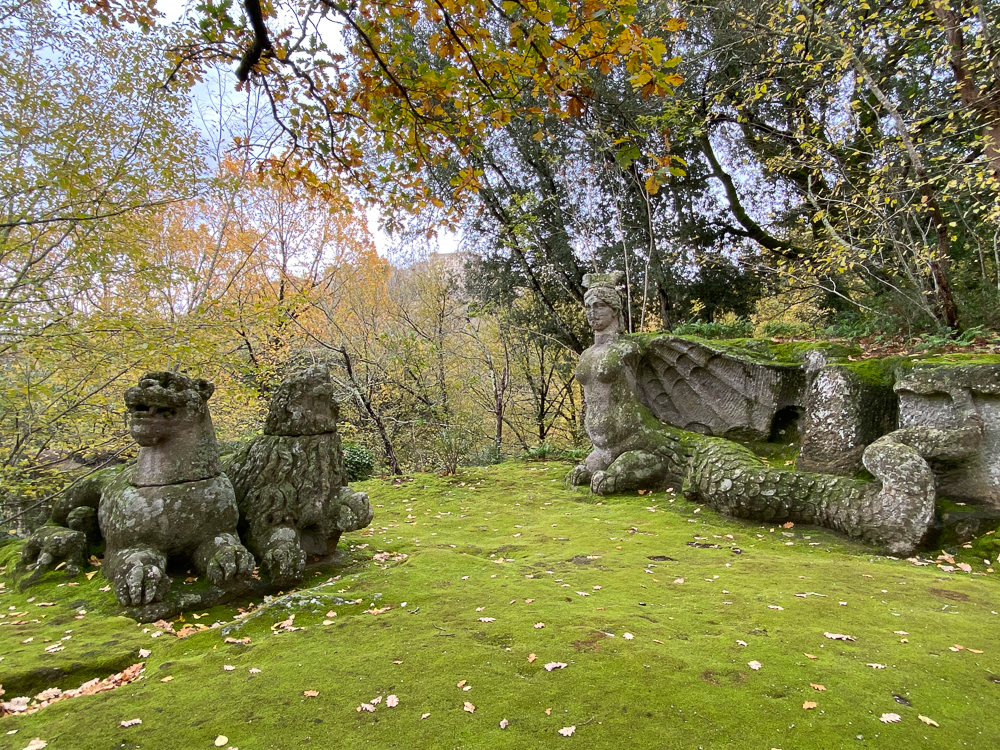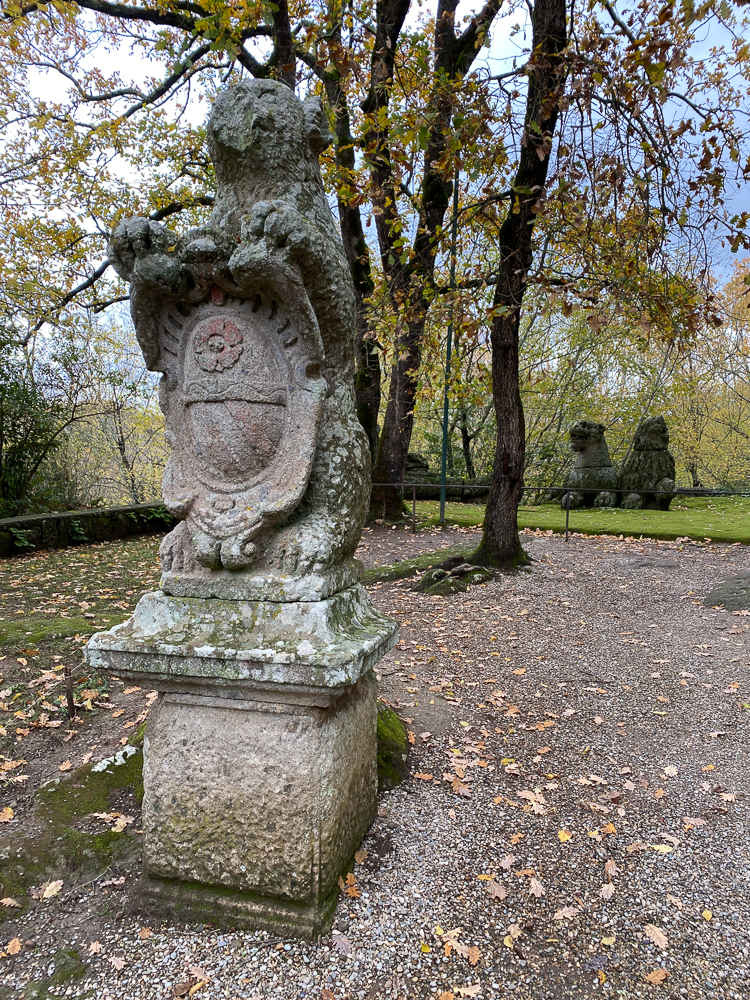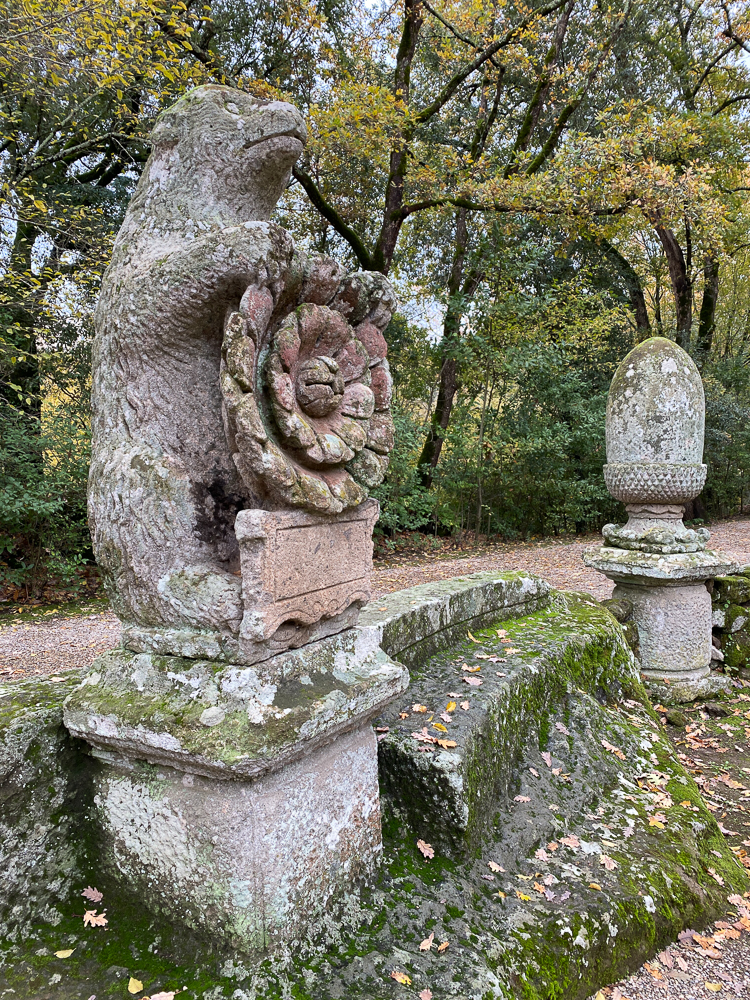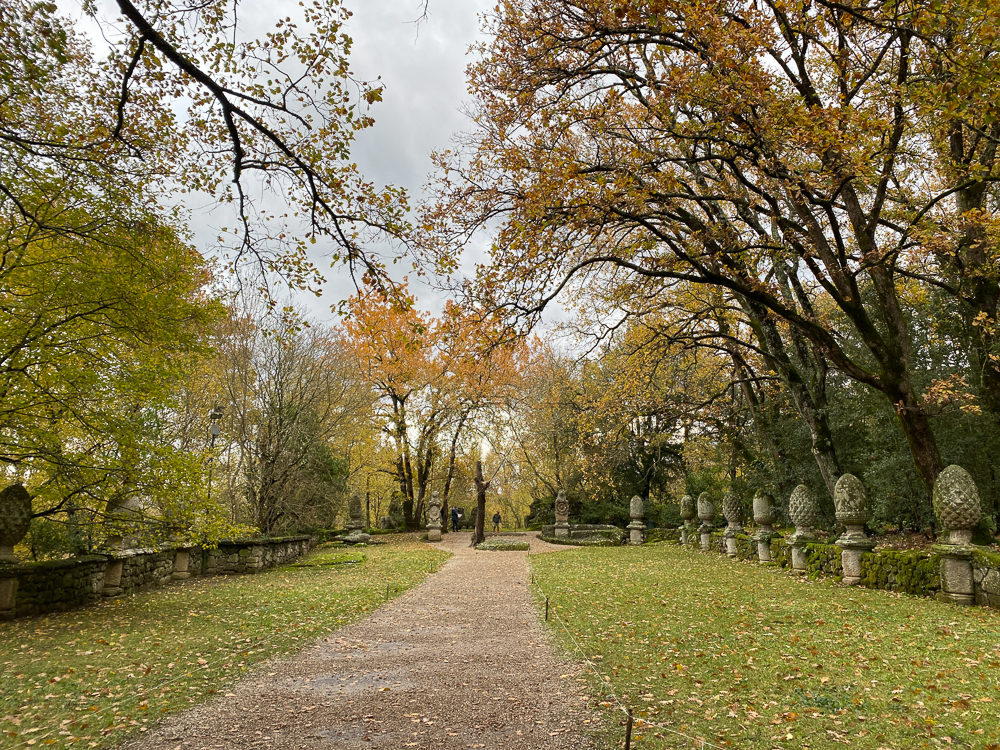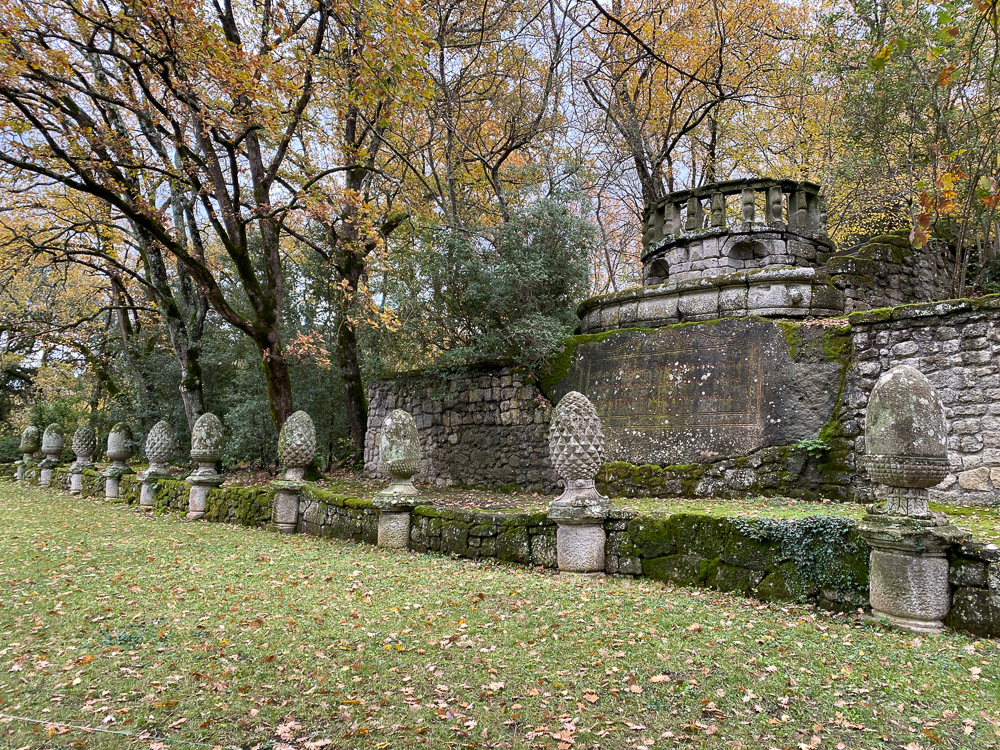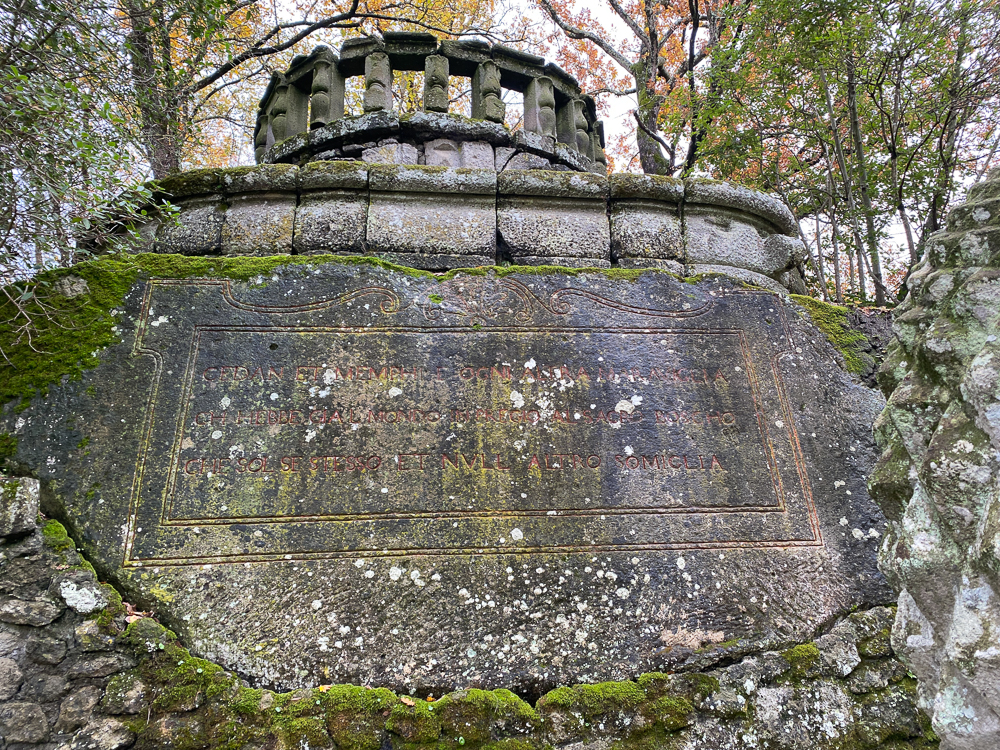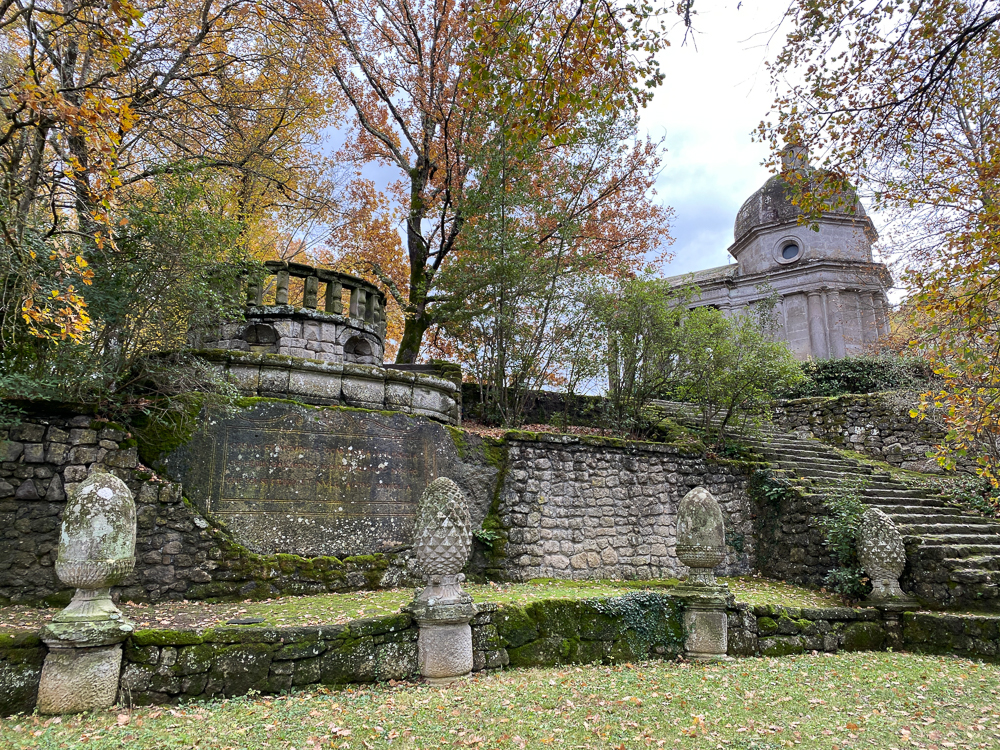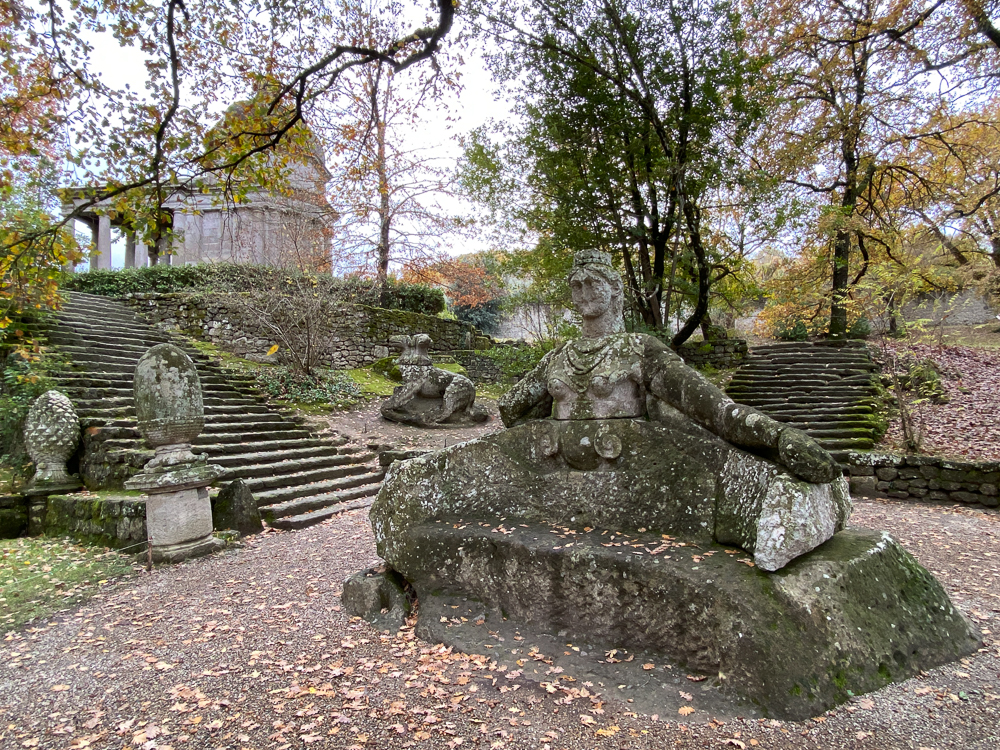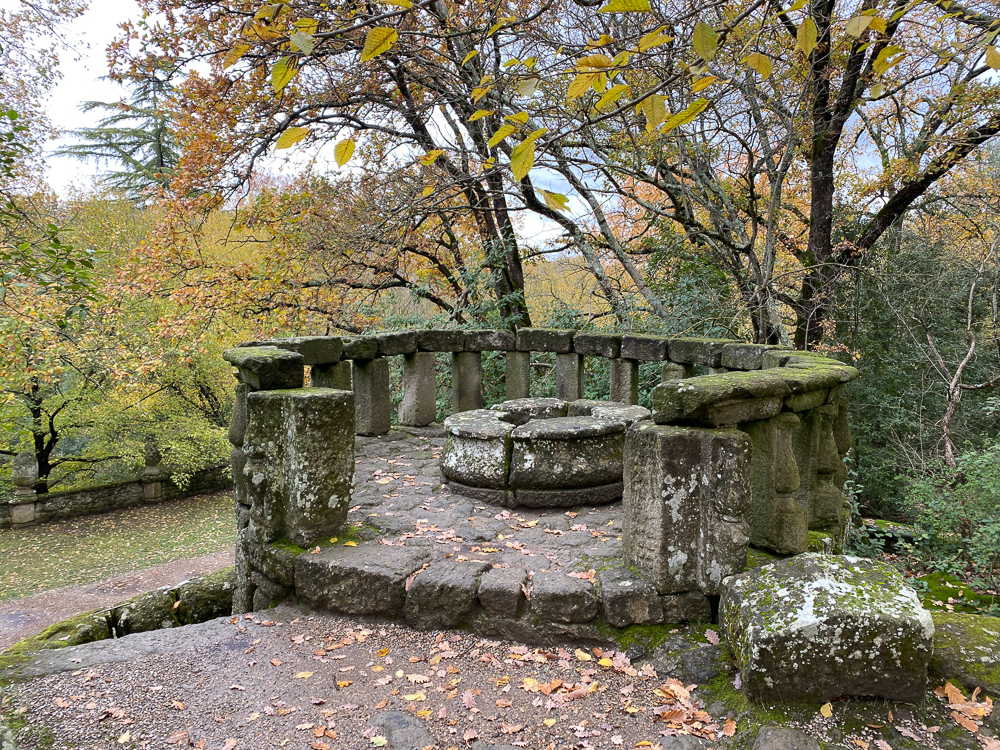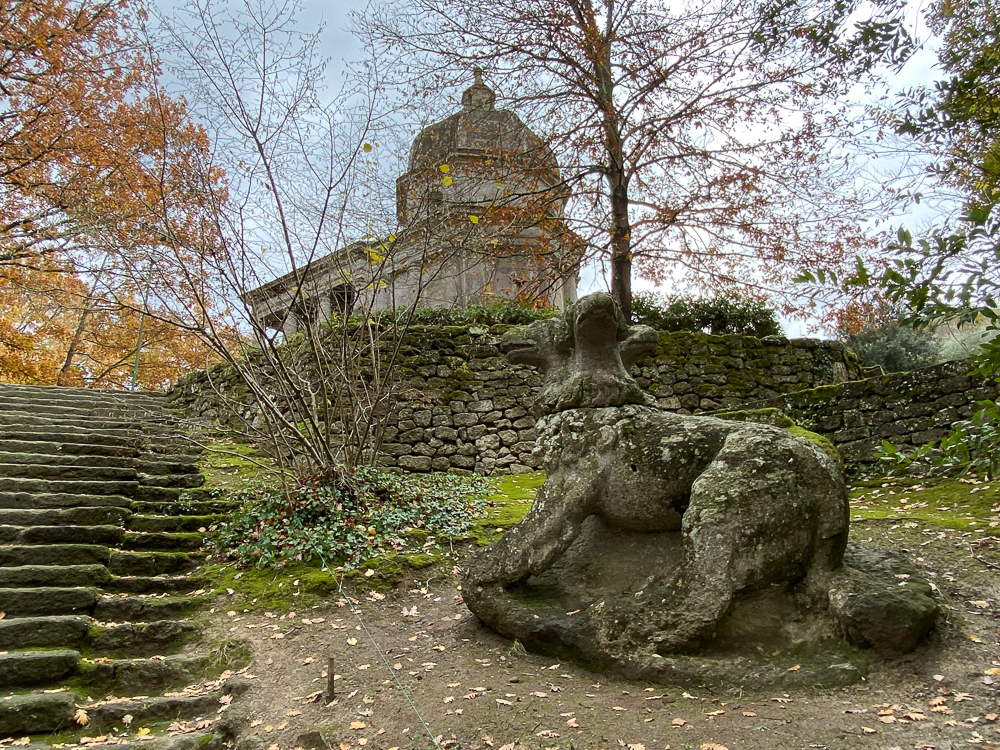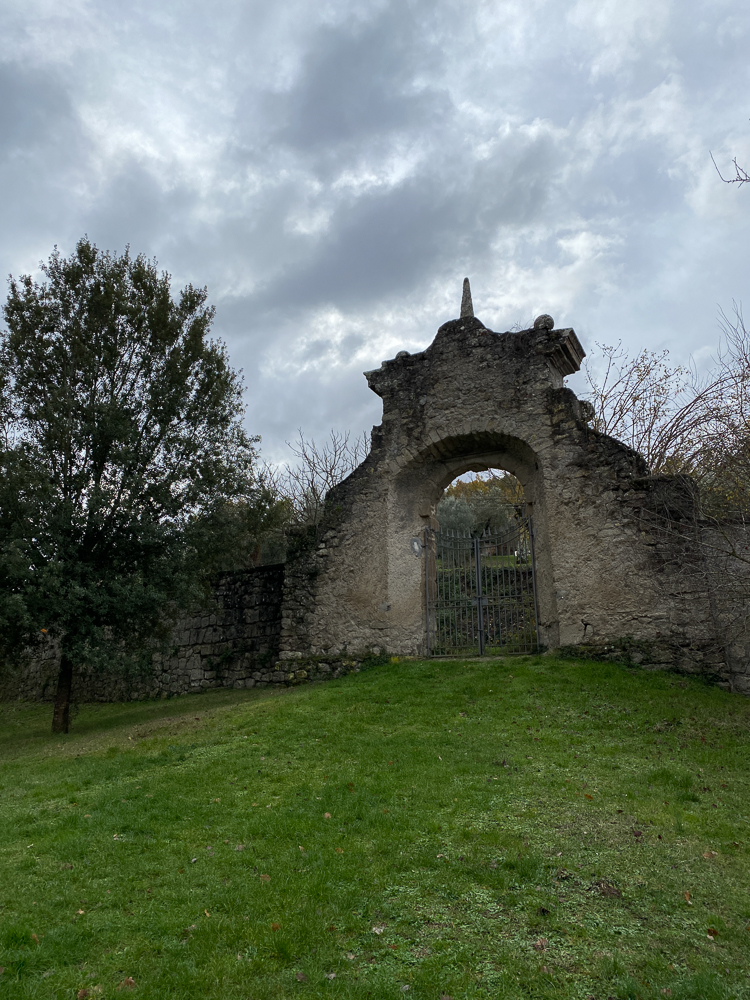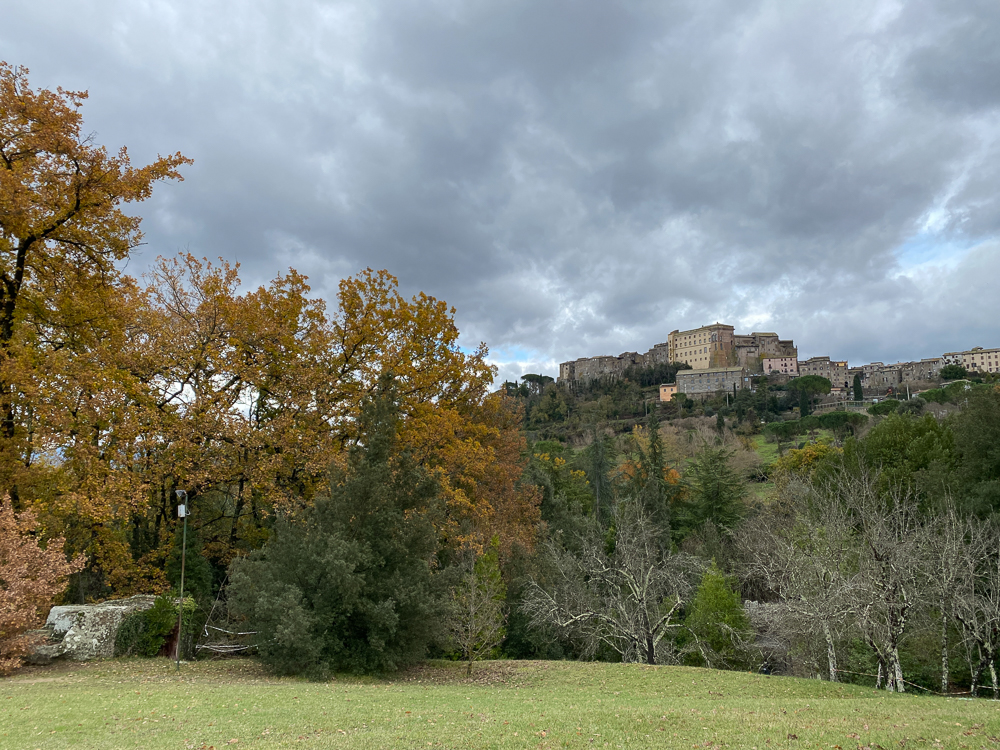After spending a few hours here, I feel a kindred sympathy for its creator, the prince Pier Francesco (“Vicino”) Orsini. I too have felt inexplicable urges to move rocks and construct walls and fountains, “sol per sfogare il core”.
Vicino Orsini was born in 1523. Despite having two older brothers, he inherited the Duchy of Bomarzo seven years after the death of his father thanks to an intercession by Cardinal Alessandro Farnese, the future Pope Paul III. Orsini later married Giulia Farnese1, the granddaughter of Alessandro’s murdered sister Girolama Farnese2, in the early 1540s. The two started a family at Bomarzo, and in 1547, Vicino began creating his famous Park in its woodlands. When Vicino’s career as a condottiero ended in the 1550s with the conclusion of the French-Spanish wars in Italy, he fully retired to Bomarzo, where he practiced an Epicurean lifestyle and surrounded himself with writers and artists.
In the chivalric literature of the sixteenth century, the word “sacro” (“sacred”) meant not holy, but magical or bewitched. Orsini’s garden was created during the decline of the Renaissance, at a time when a growing fascination with giants, monsters, and scenic inventions heralded the coming of the Baroque. Many of the garden’s sculptures were painted with vivid colors. Orsini’s architect for the project was Pirro Ligorio, the same who, upon the death of Michelangelo Buonarroti, was called to work on the basilica of S. Peter’s in Rome.
After Vicino Orsini’s death in 1585, the garden fell into neglect for centuries. Its ownership passed to Vicino Orsini’s son, Corradino, who had no children, so upon his death the garden passed to his nephew Orazio. Orazio, too, was childless, so ownership then passed to his nephew, Marzio. Marzio sold Bomarzo to the Lante family in 1645.
Although neglected and overgrown, the existence of the Sacro Bosco was known to intellectuals and artists, who traveled to Bomarzo to visit the mysterious ruins. Claude Lorrain, J. Wolfgang Goethe, Salvador Dalì, Mario Praz, and Michelangelo Antonioni all passed through and were inspired by its Romantic decay.
In 1954 Commendatore Giovanni Bettini began work to restore the Bosco to its previous splendor, and his family still today manages the continuing restoration and maintenance of the site, overseen by the Italian government.
1Not that Giulia Farnese… but in fact, that Giulia “Bella” Farnese, the famous beauty and mistress of Pope Alexander VI, was our Giulia Farnese’s great aunt. Our Giulia’s mother, Isabella, was the only daughter of Bella’s sister Girolama…
2 Girolama Farnese , the sister of Alessandro and Bella, was born in 1466. After her first husband died she married Count Giuliano d’Anguillara e Stabiaie, and had a daughter, Isabella della Anguillara. In 1504 Girolama was brutally murdered by sword in Stabiaie Castle by her stepson Giovanni Battista d’Anguillara, who claimed she was unfaithful and planning to poison his father and all the priests of Stabiaie. The motherless Isabella was then raised and protected by her aunt Bella, and later named her first daughter after her.
